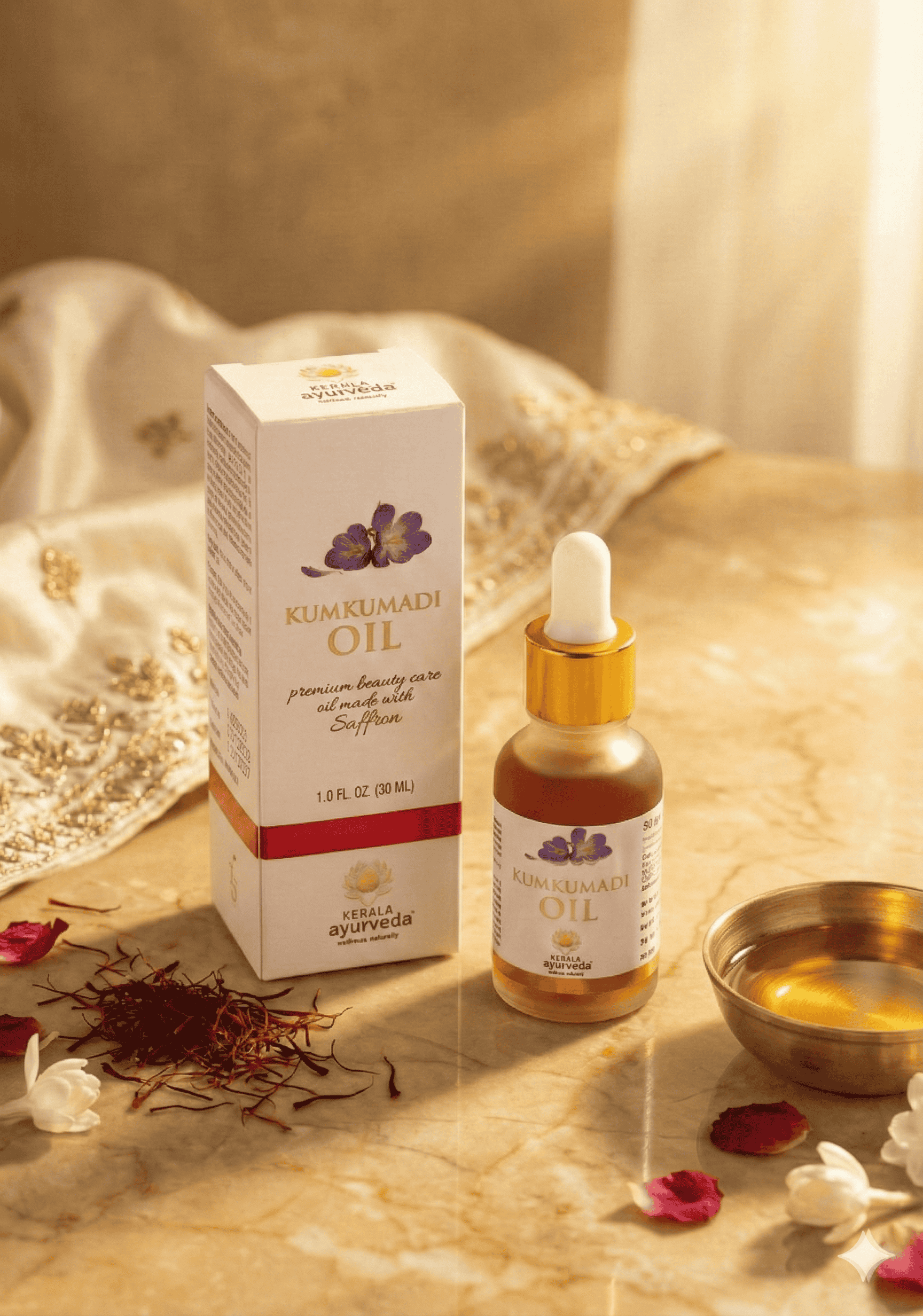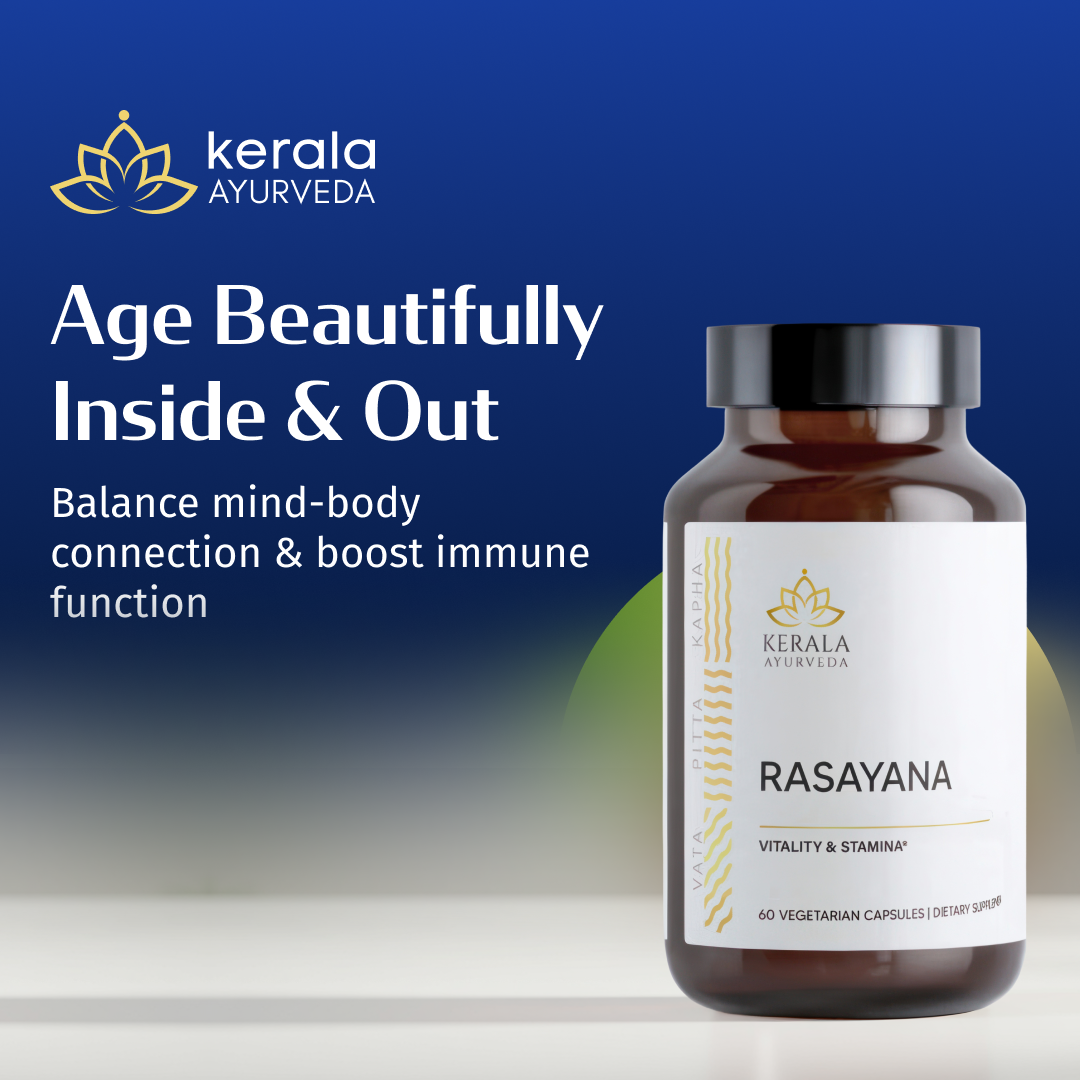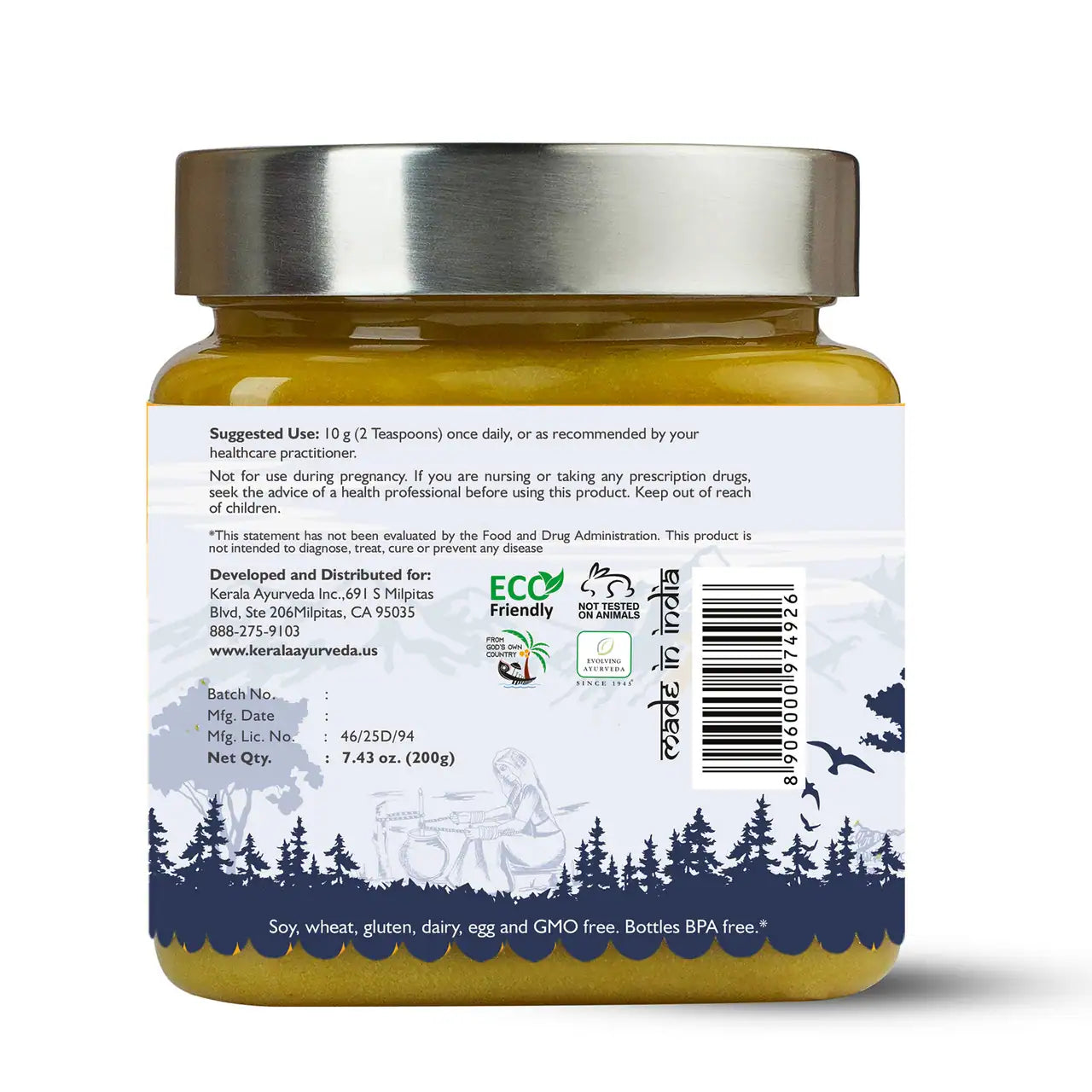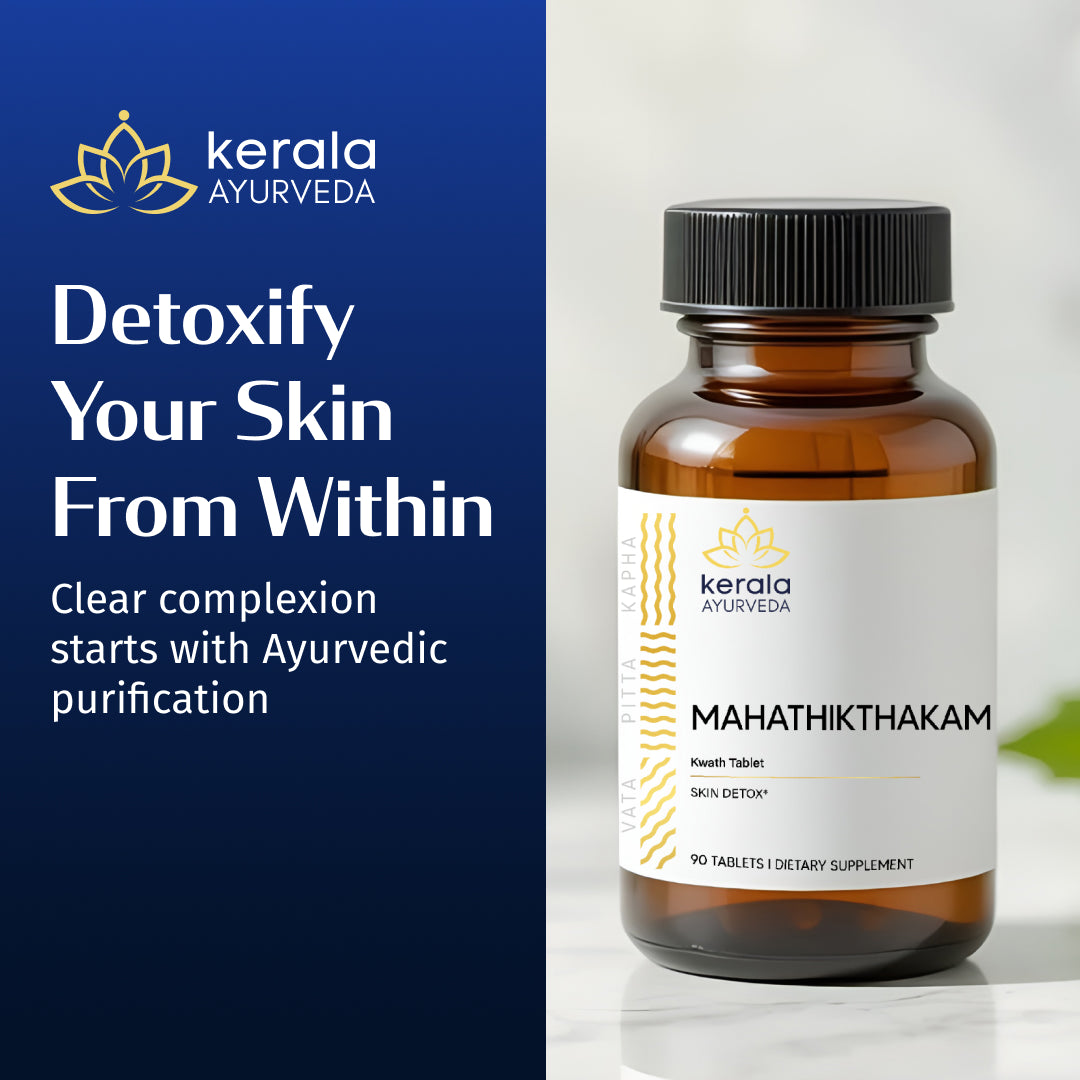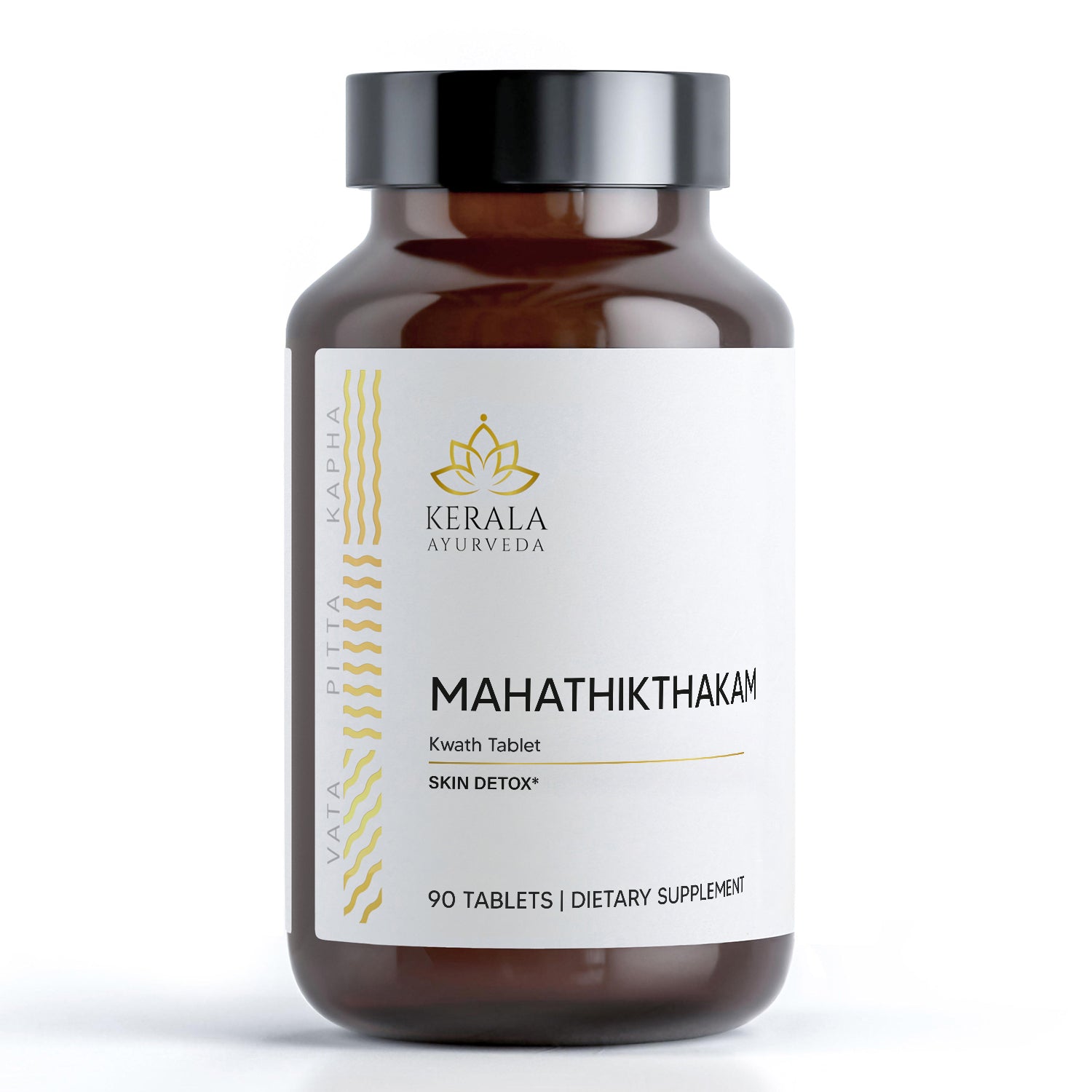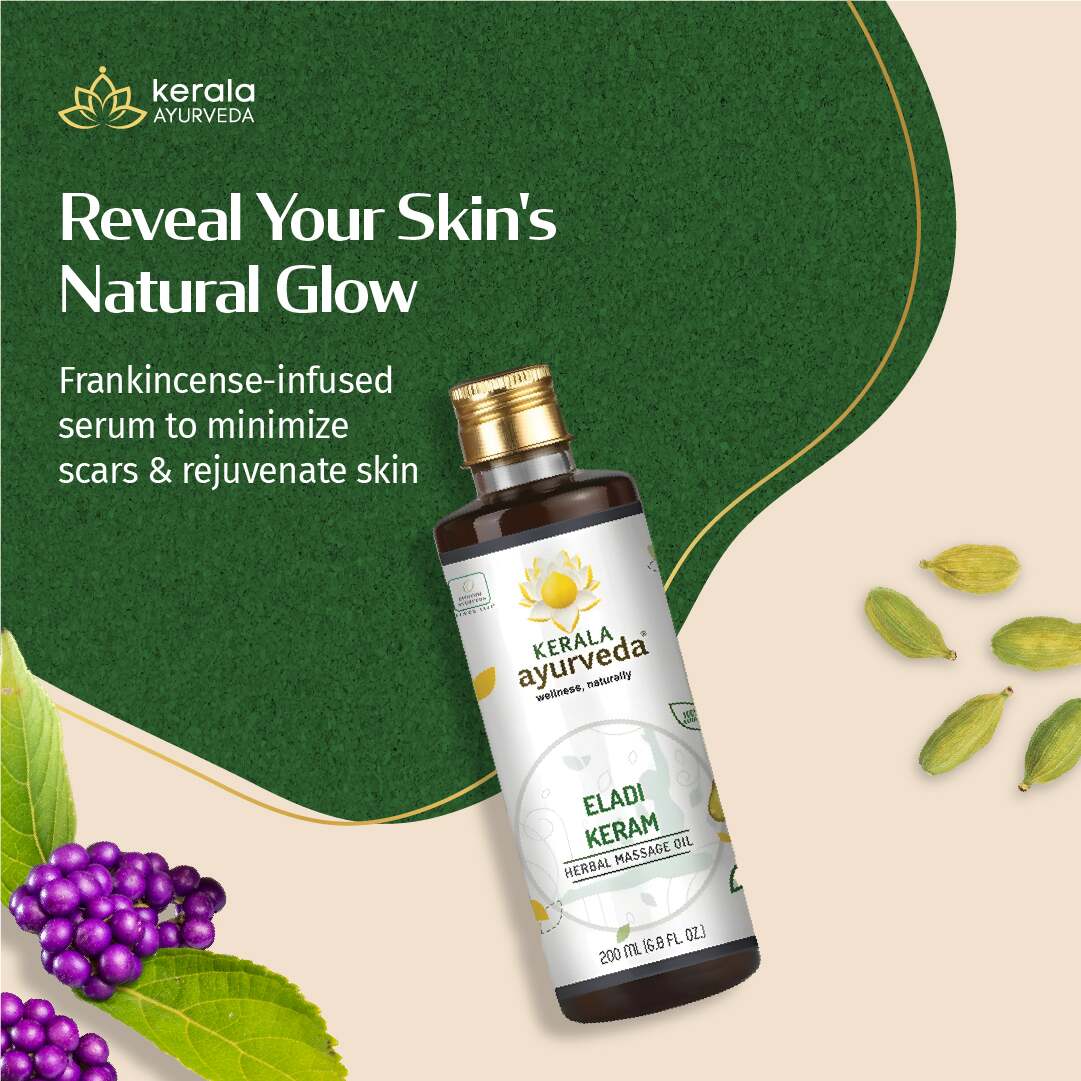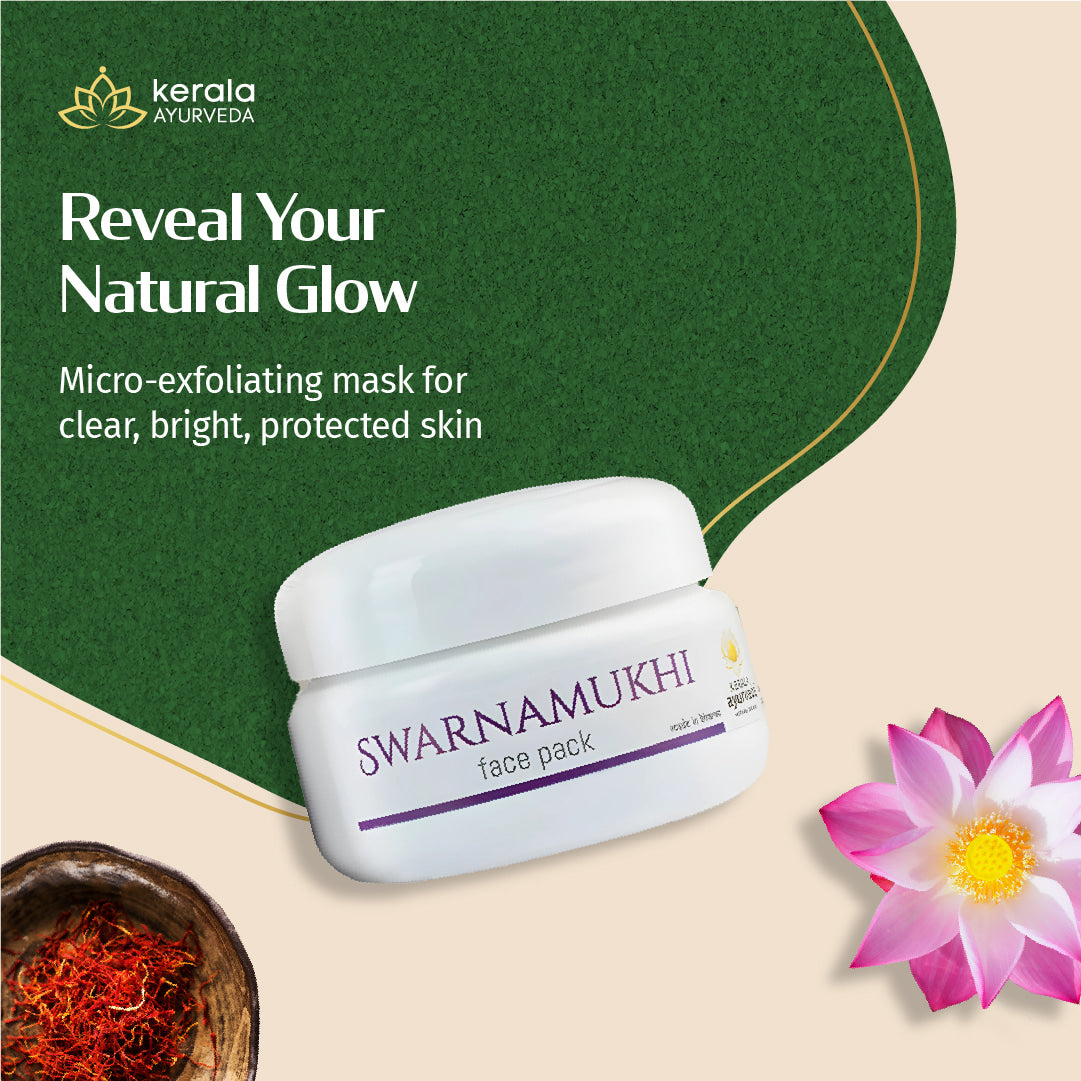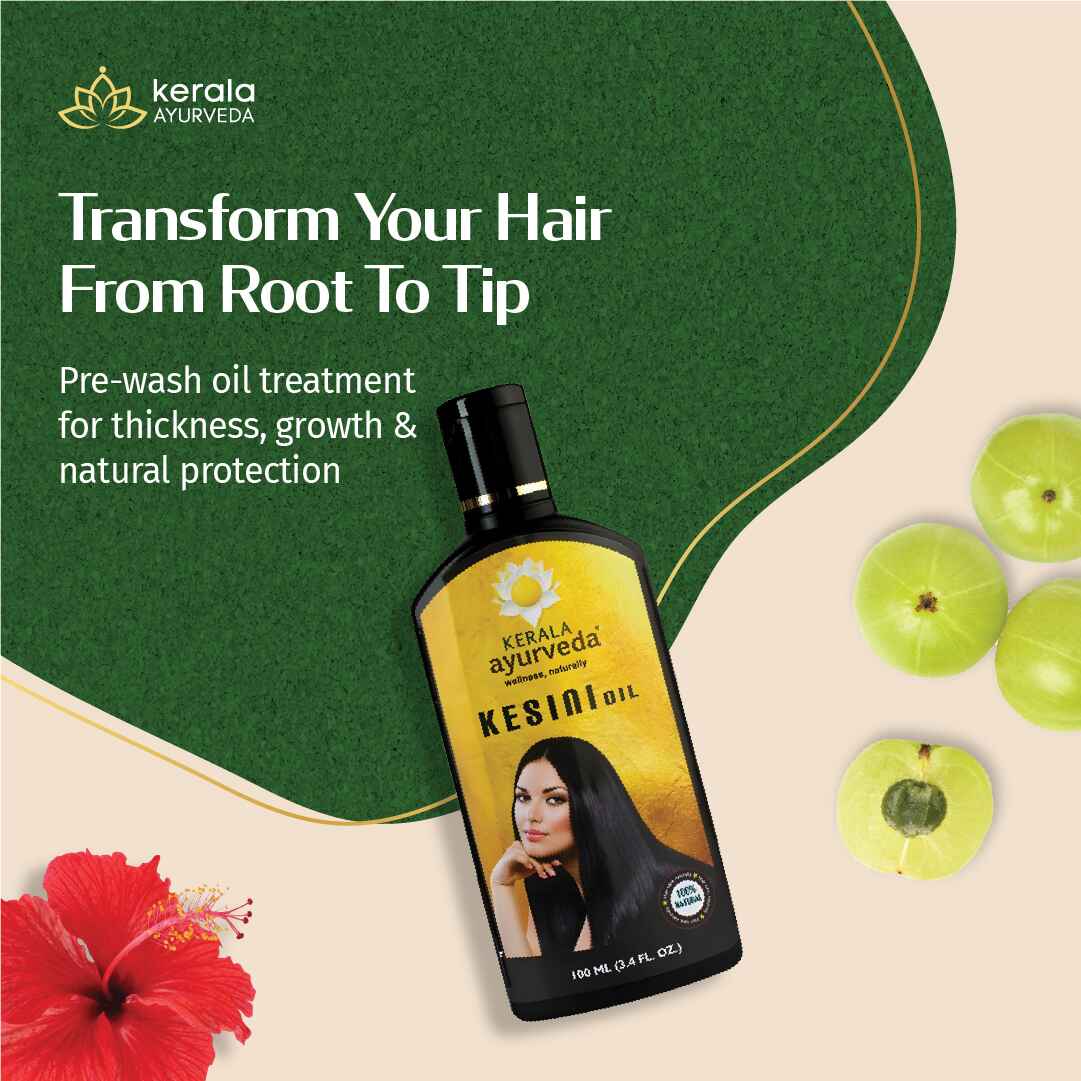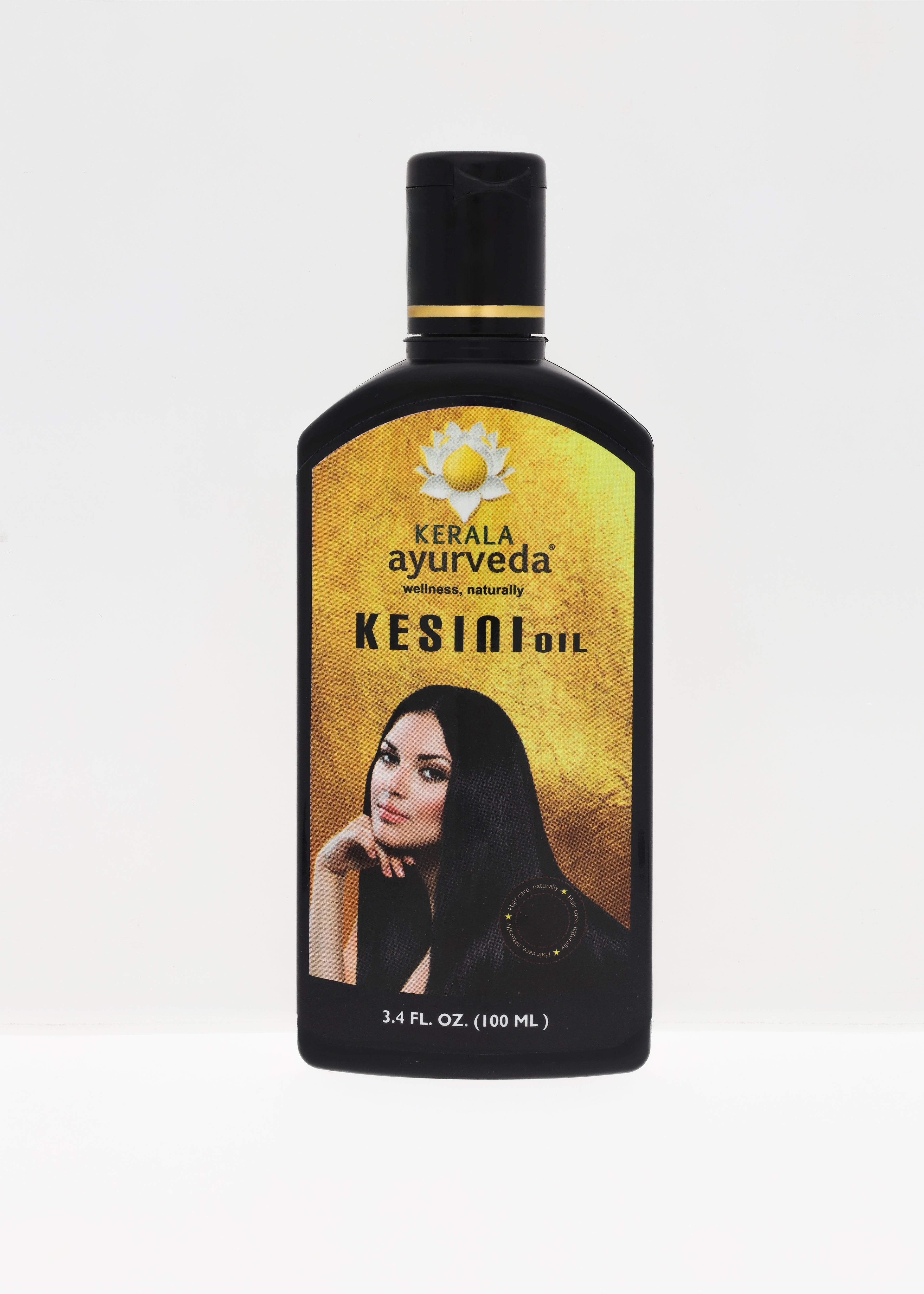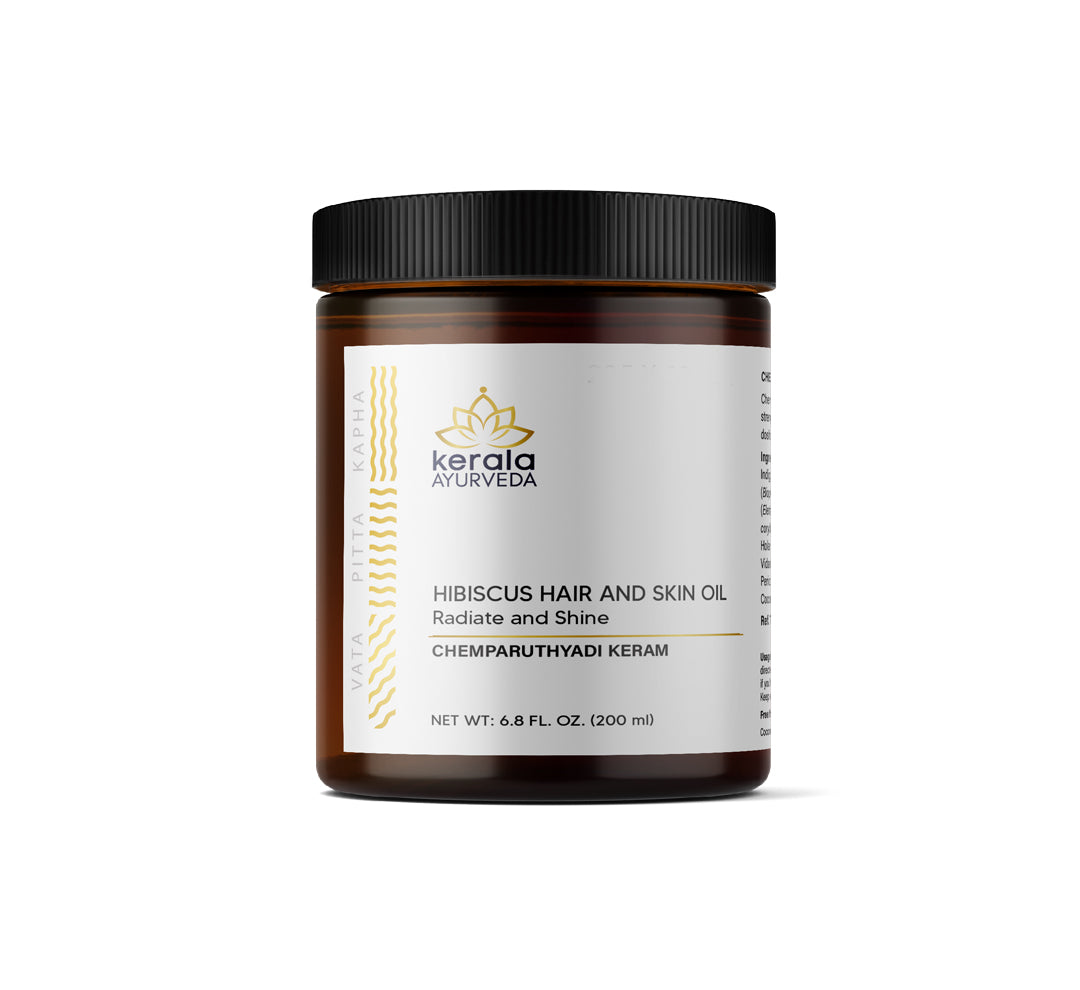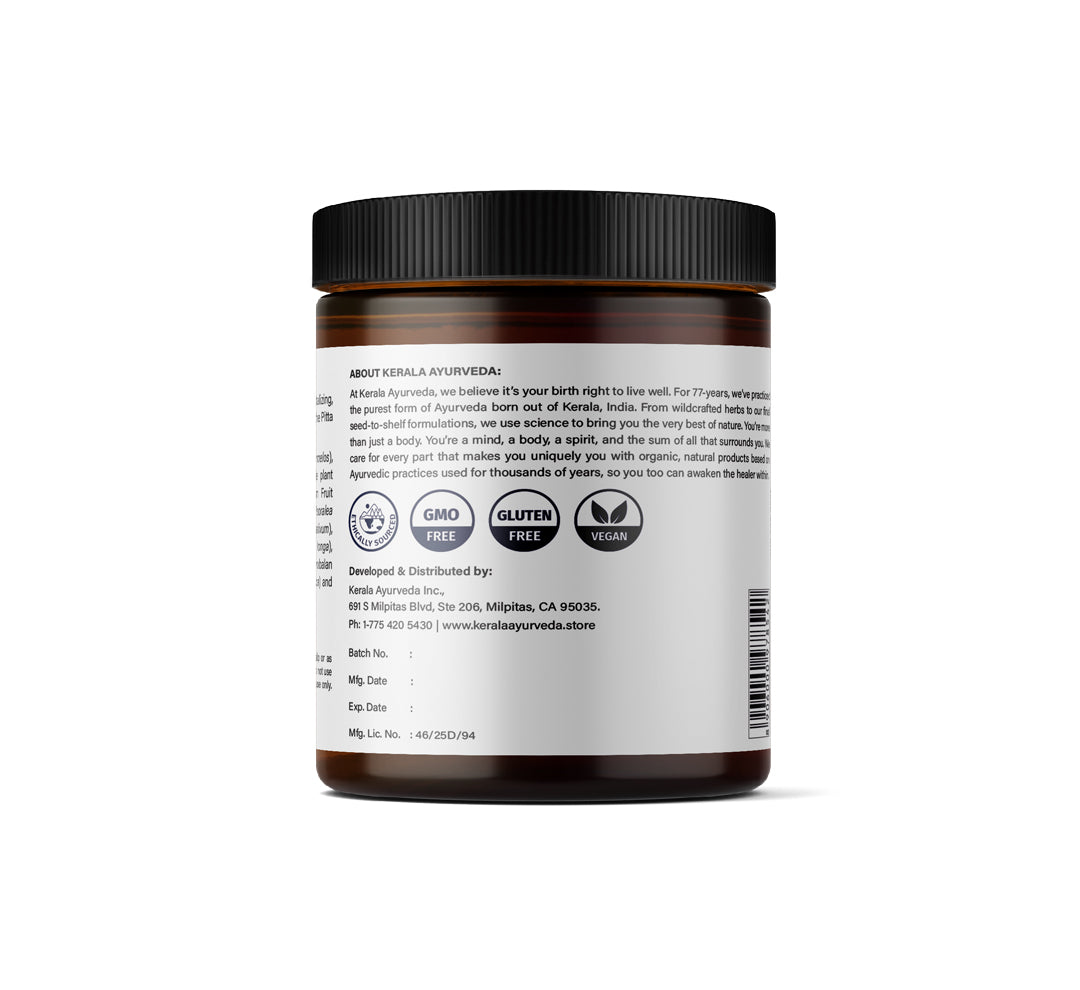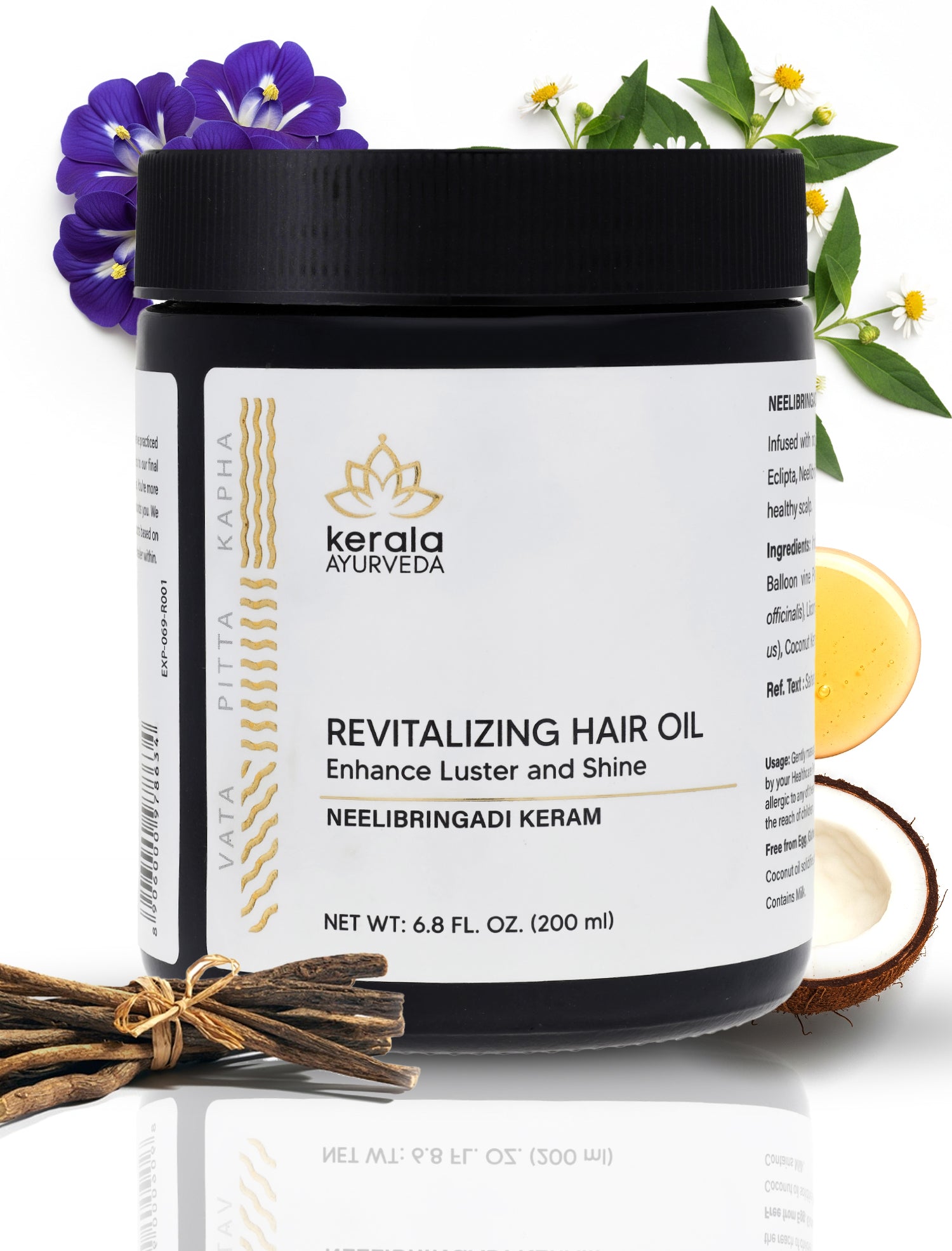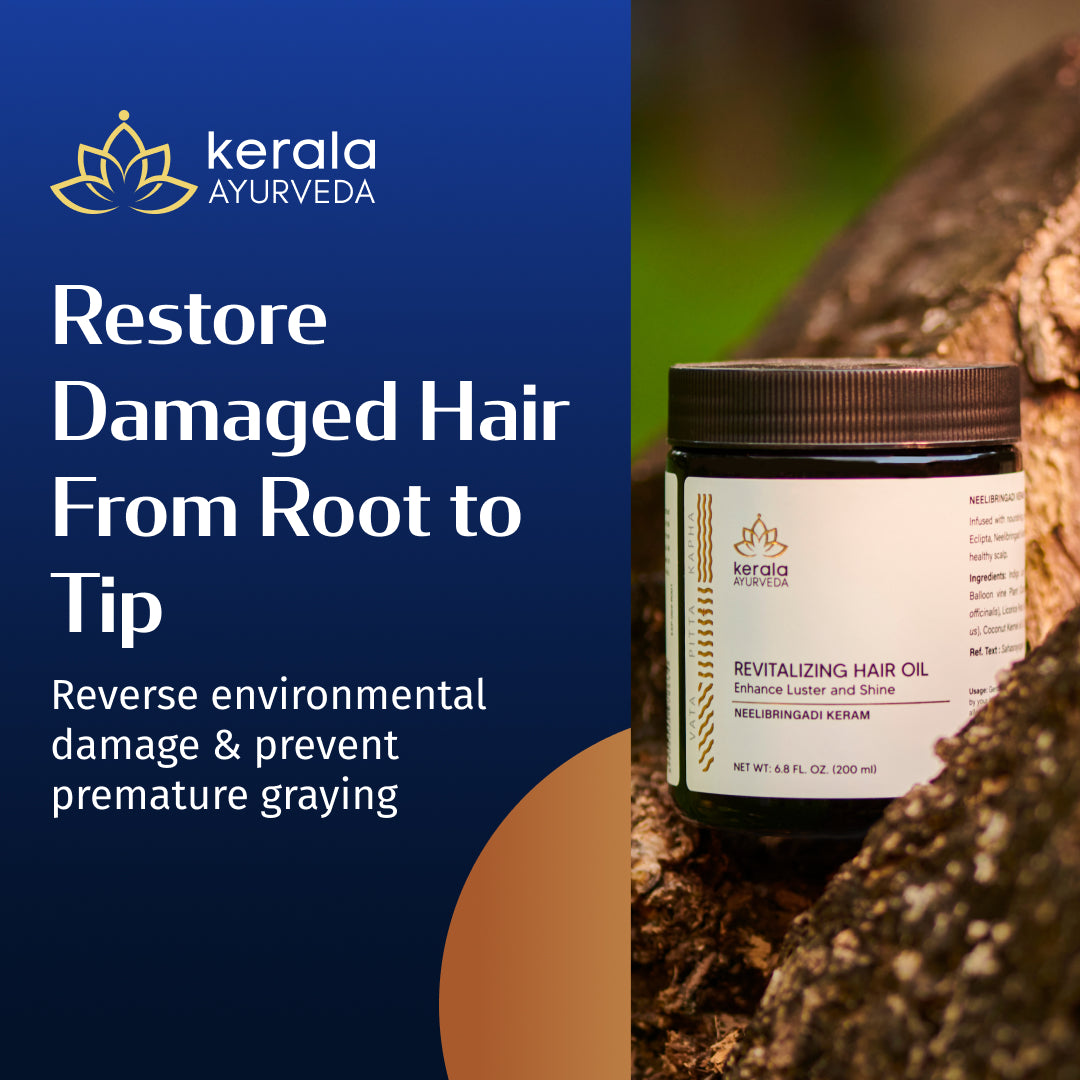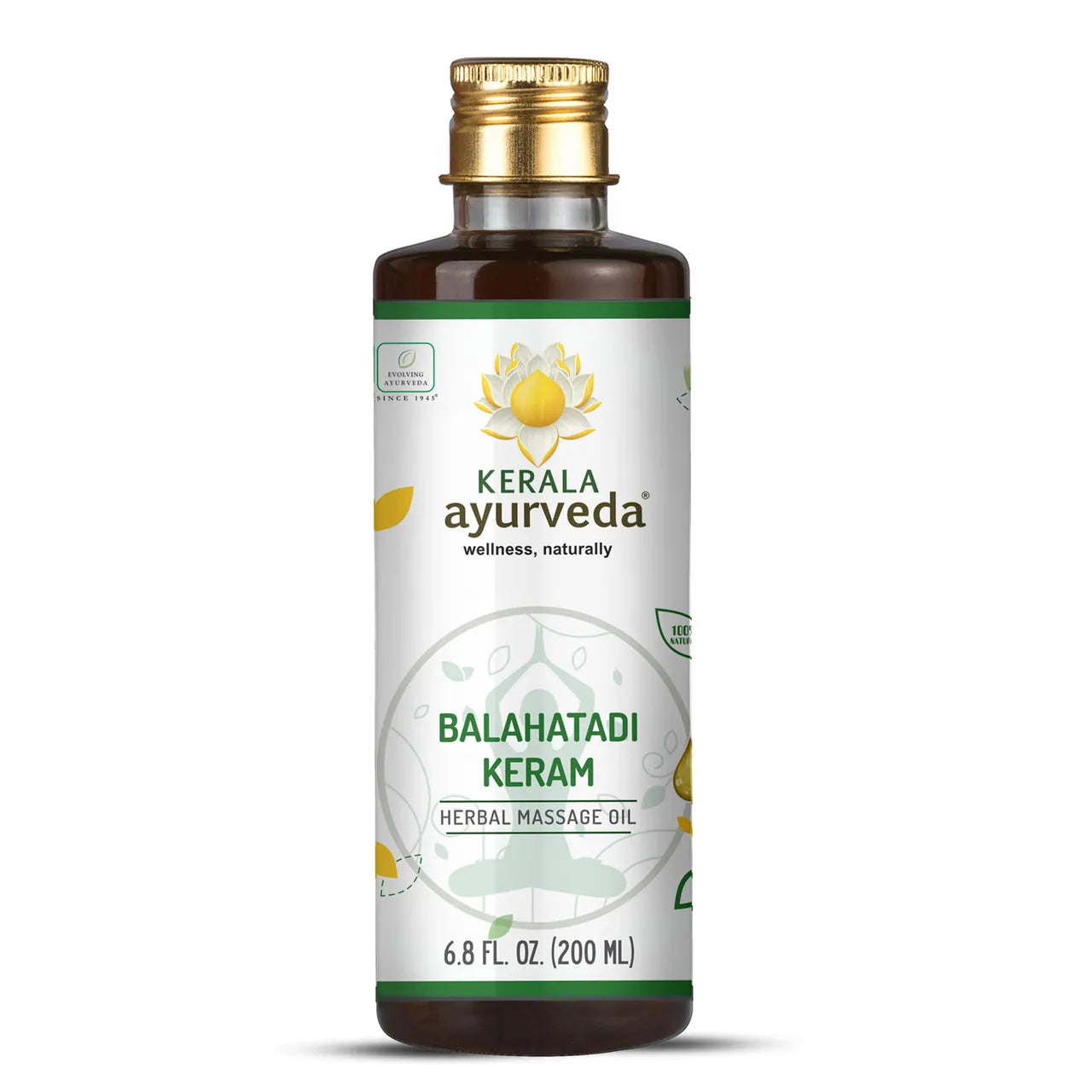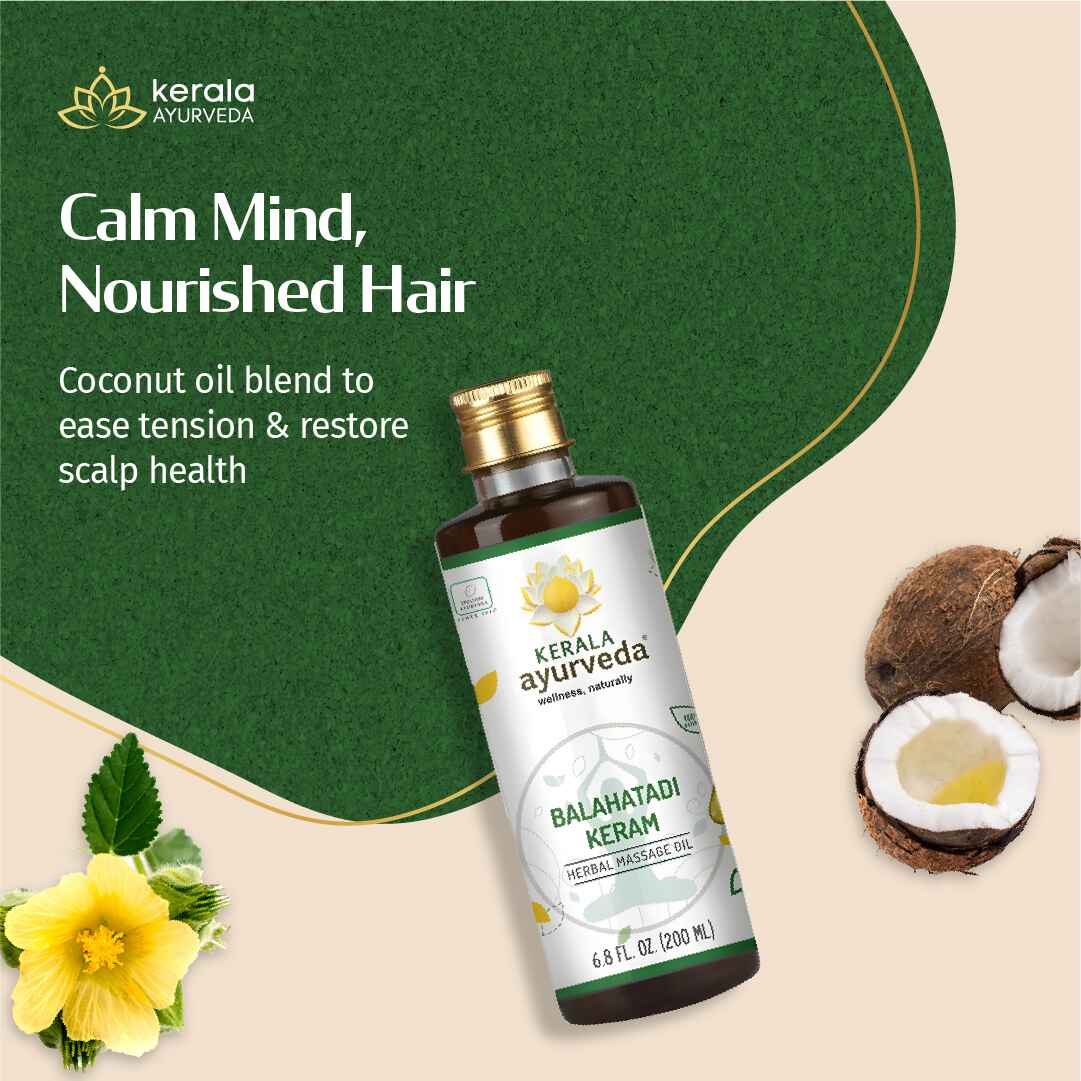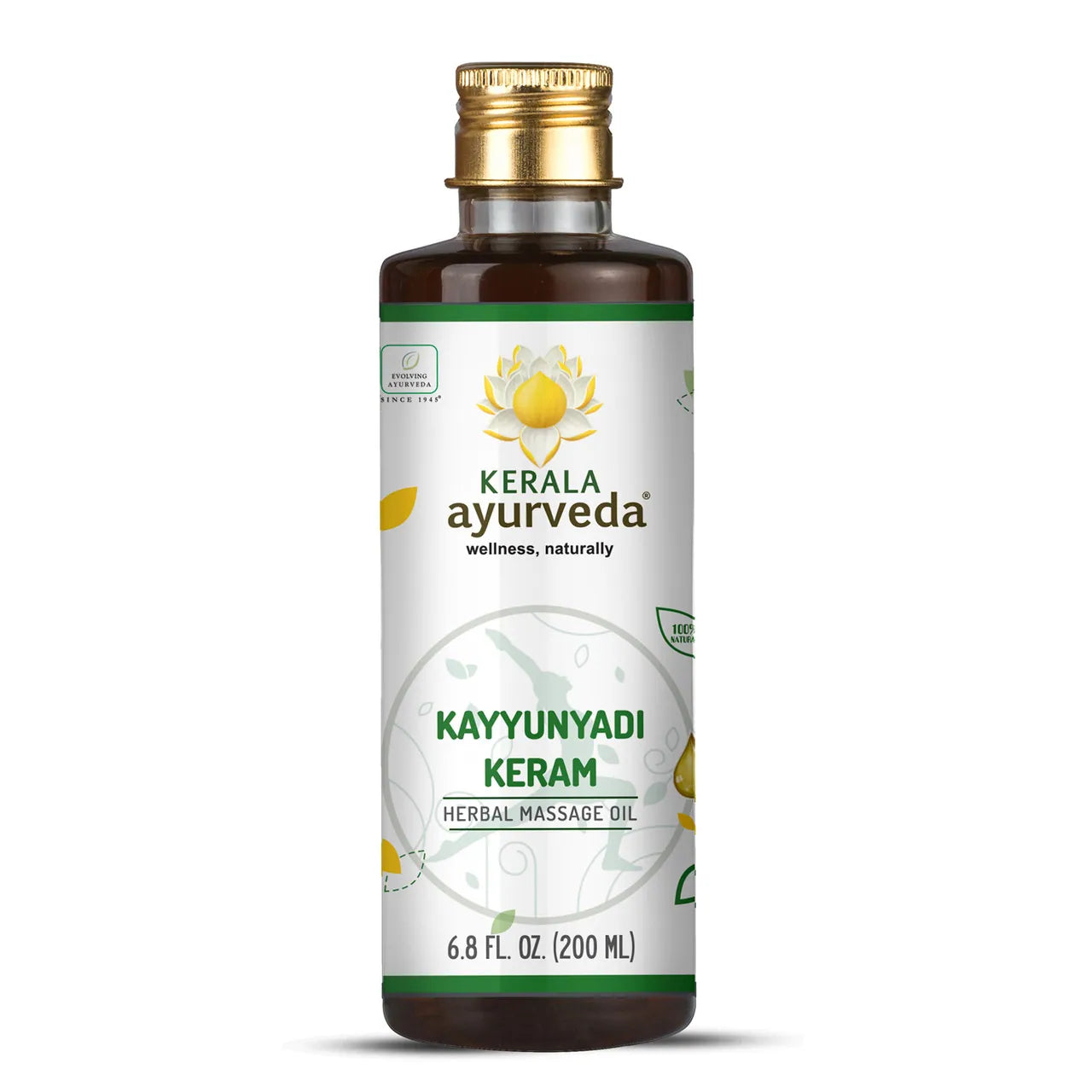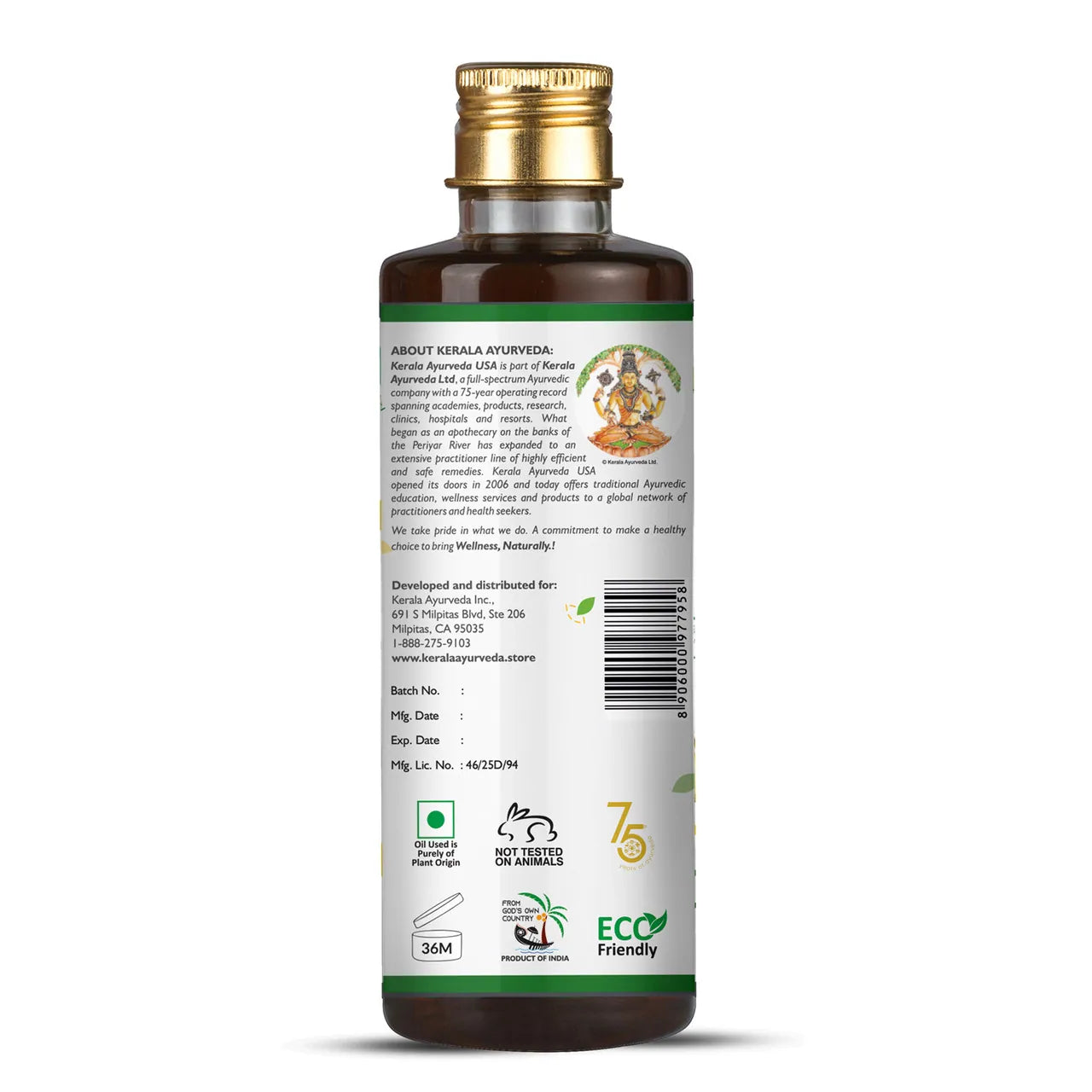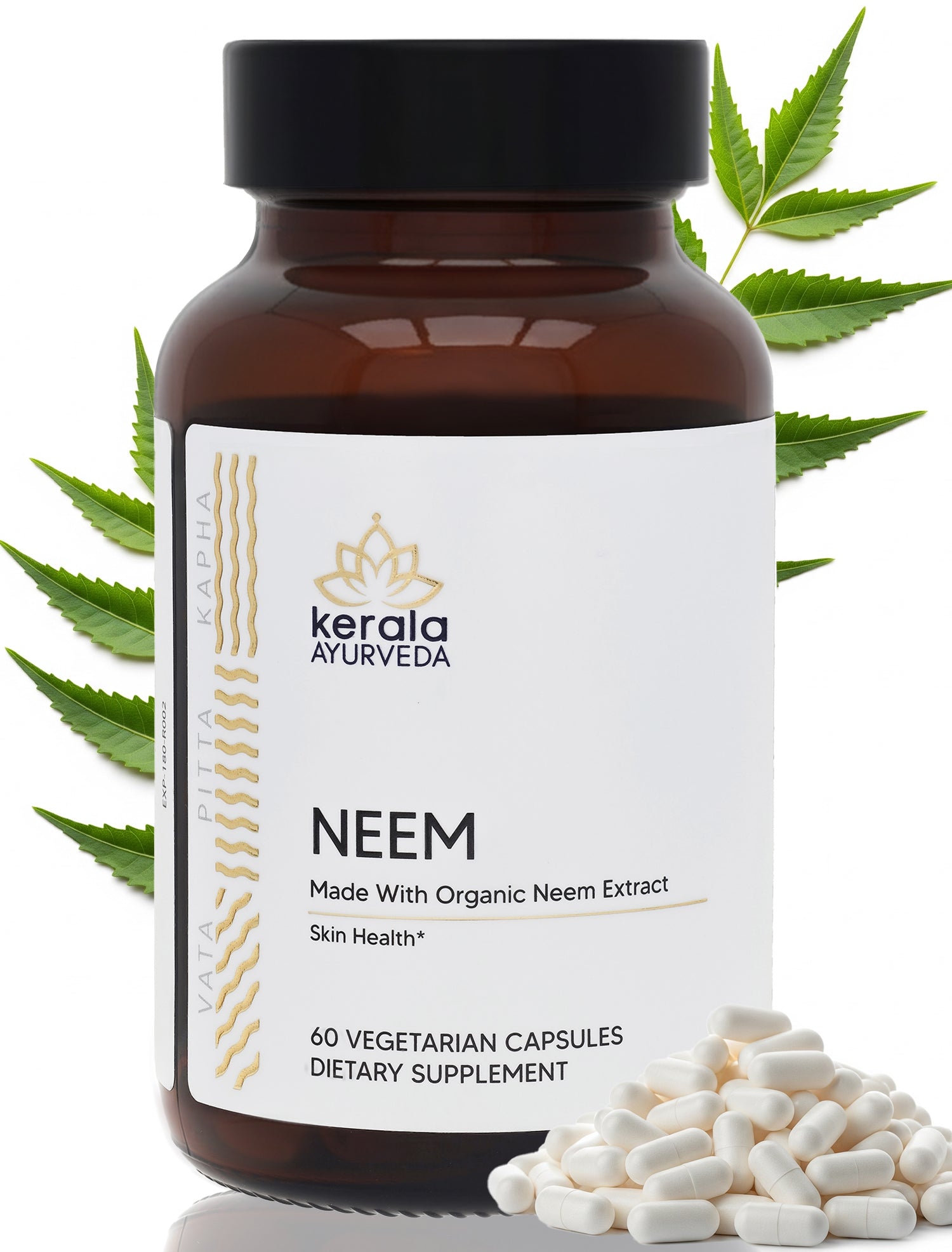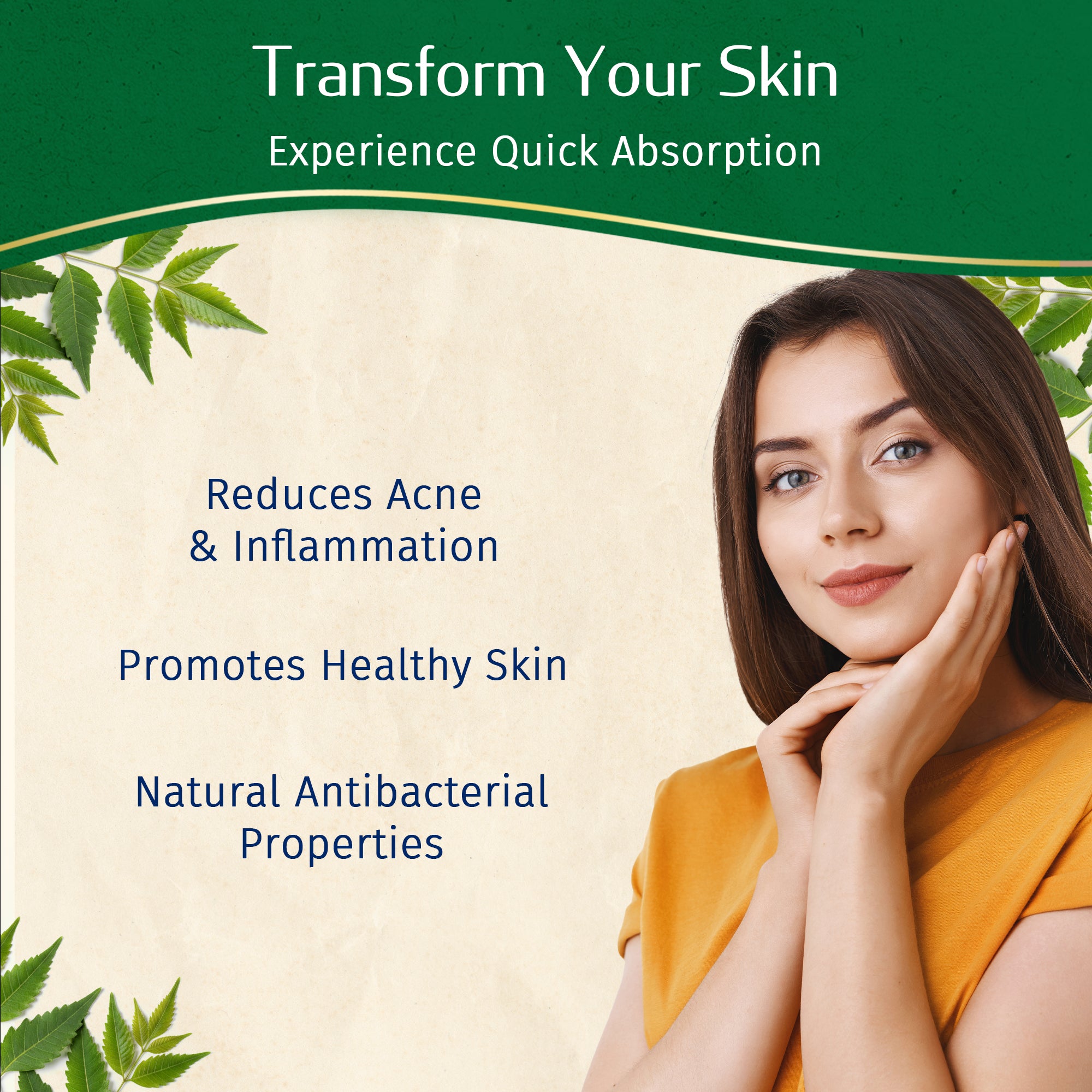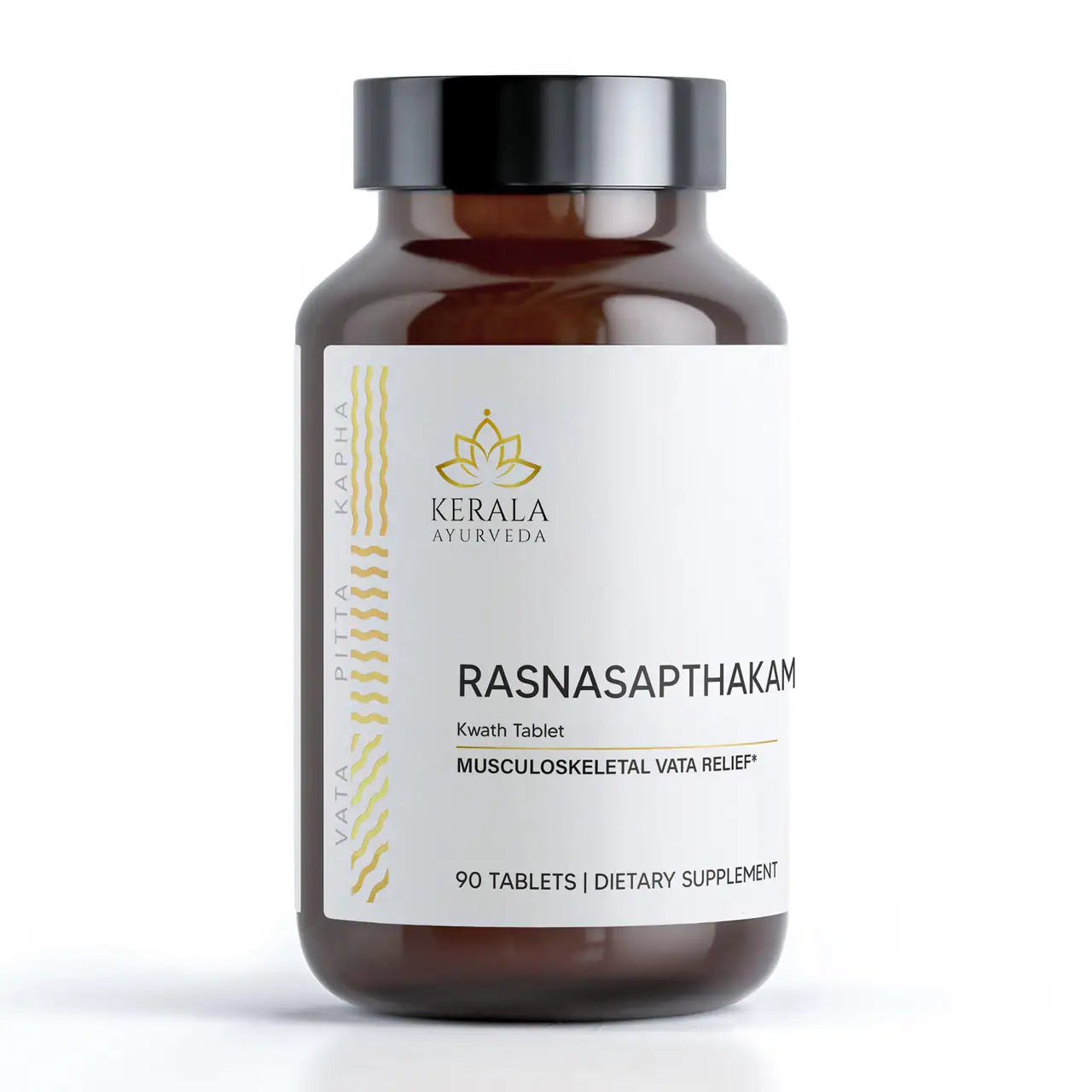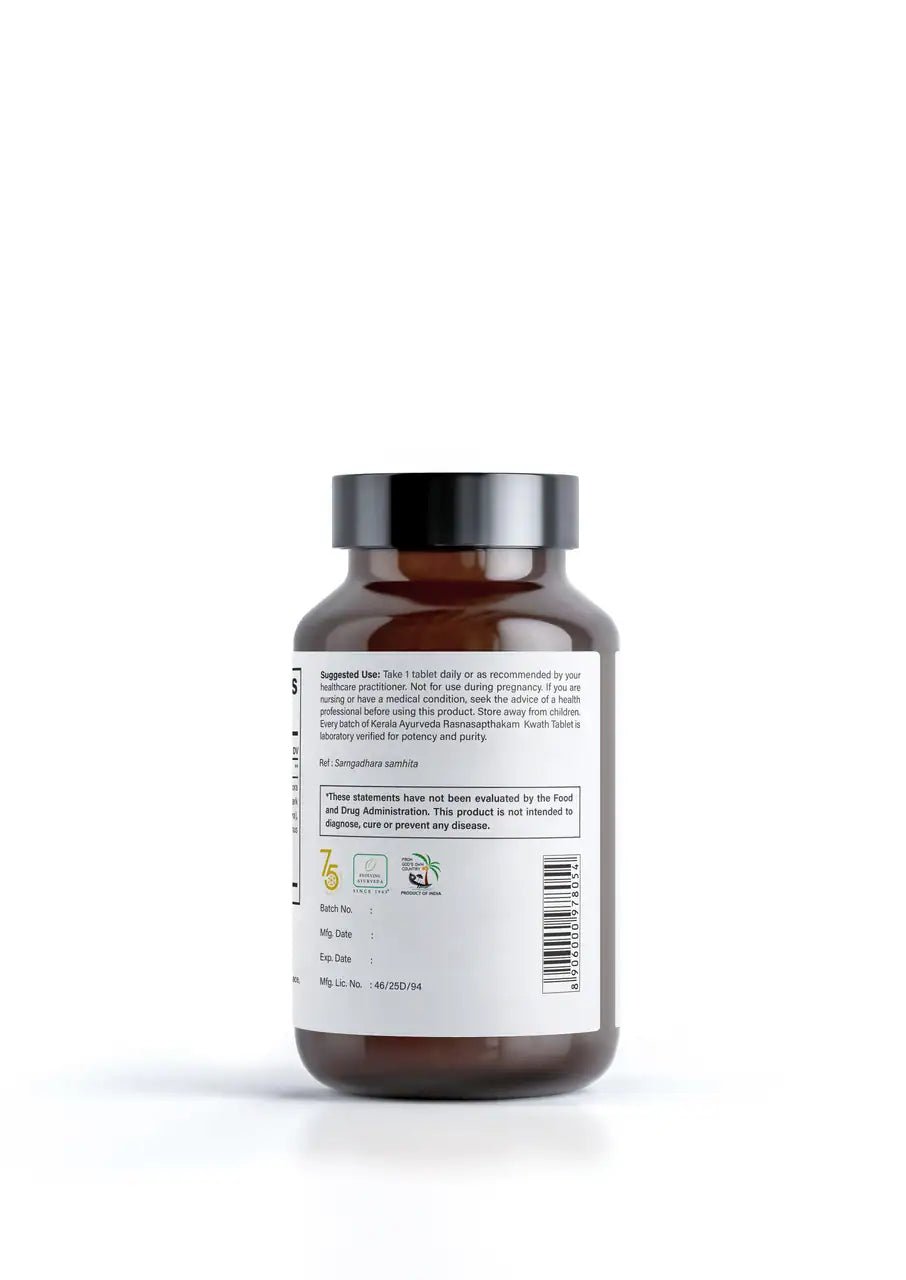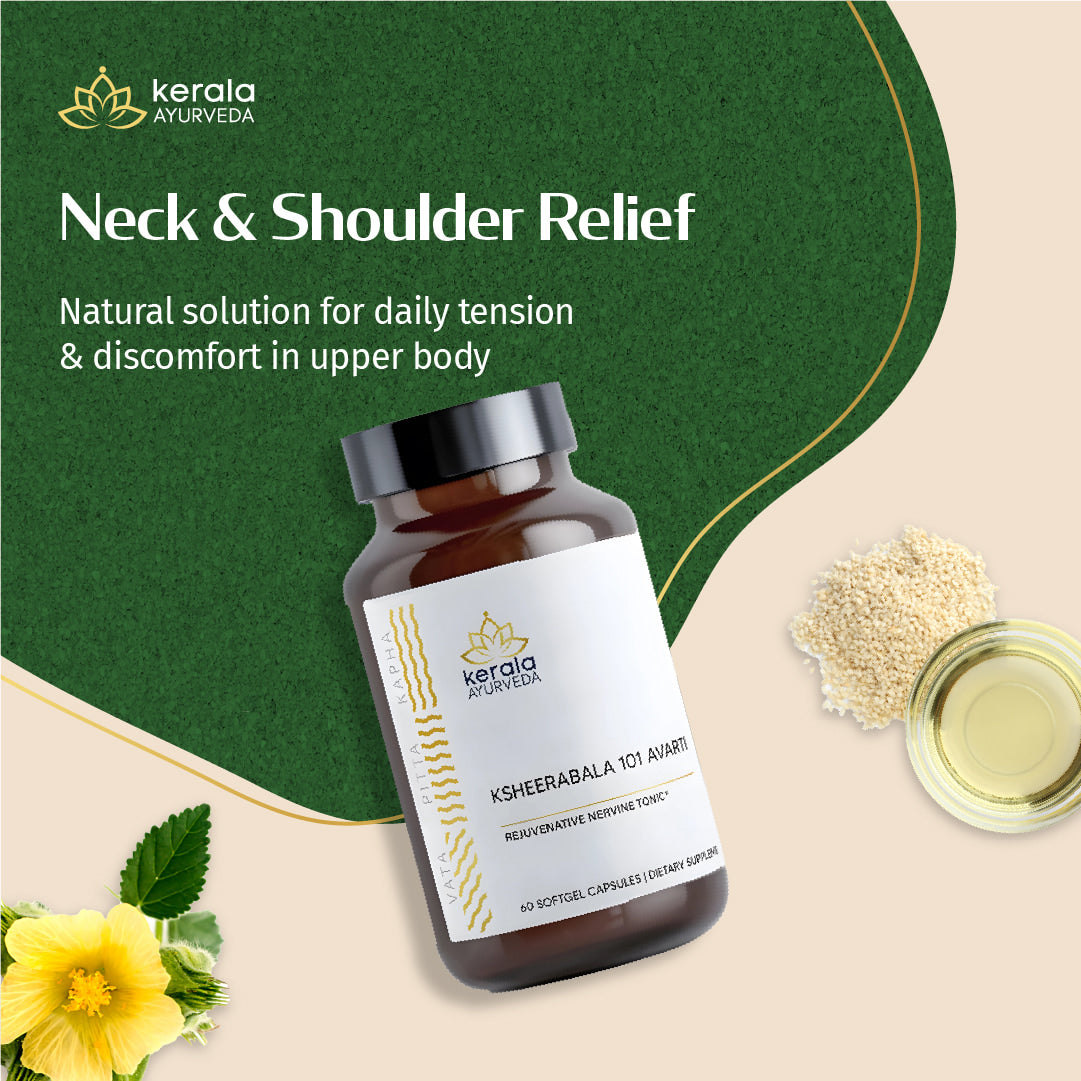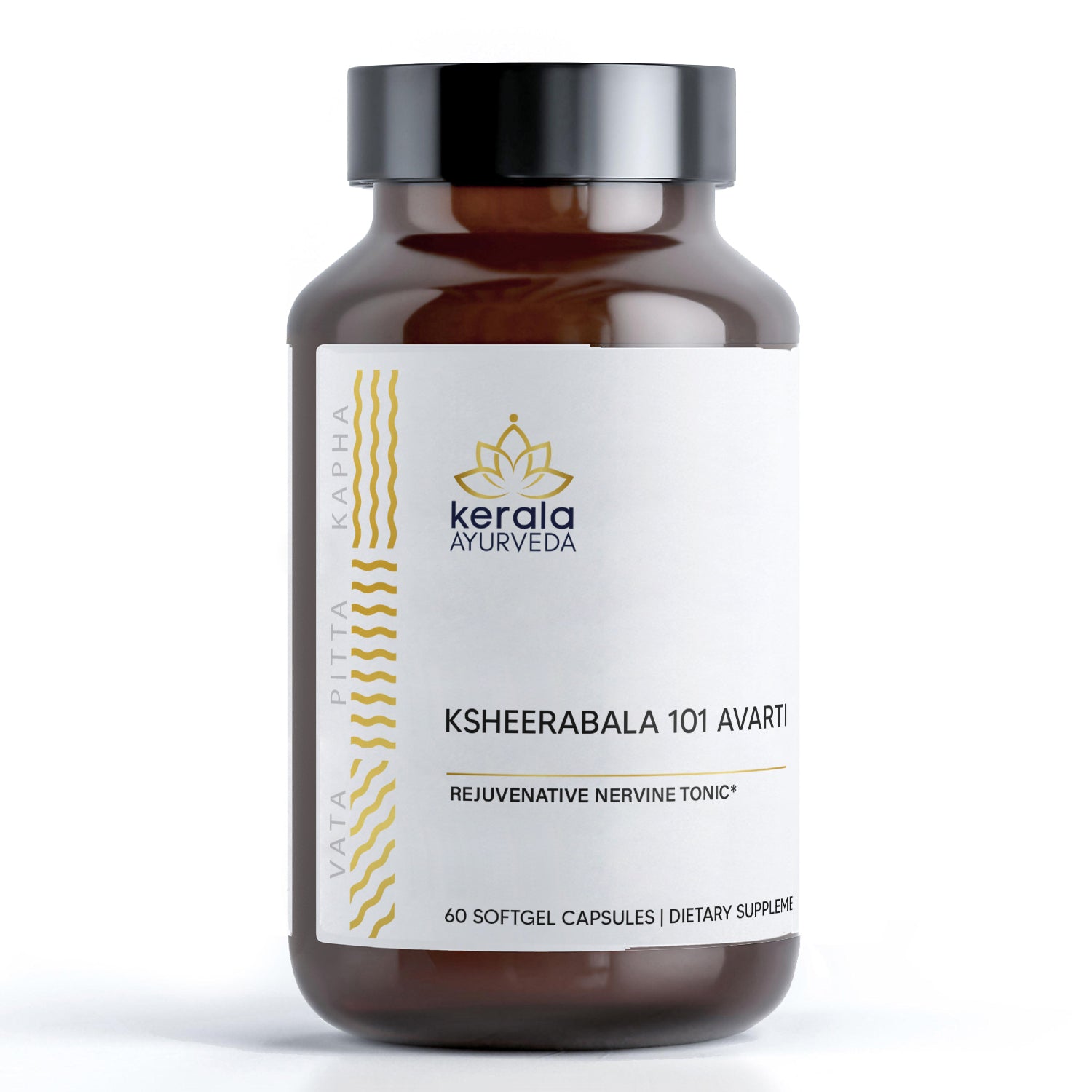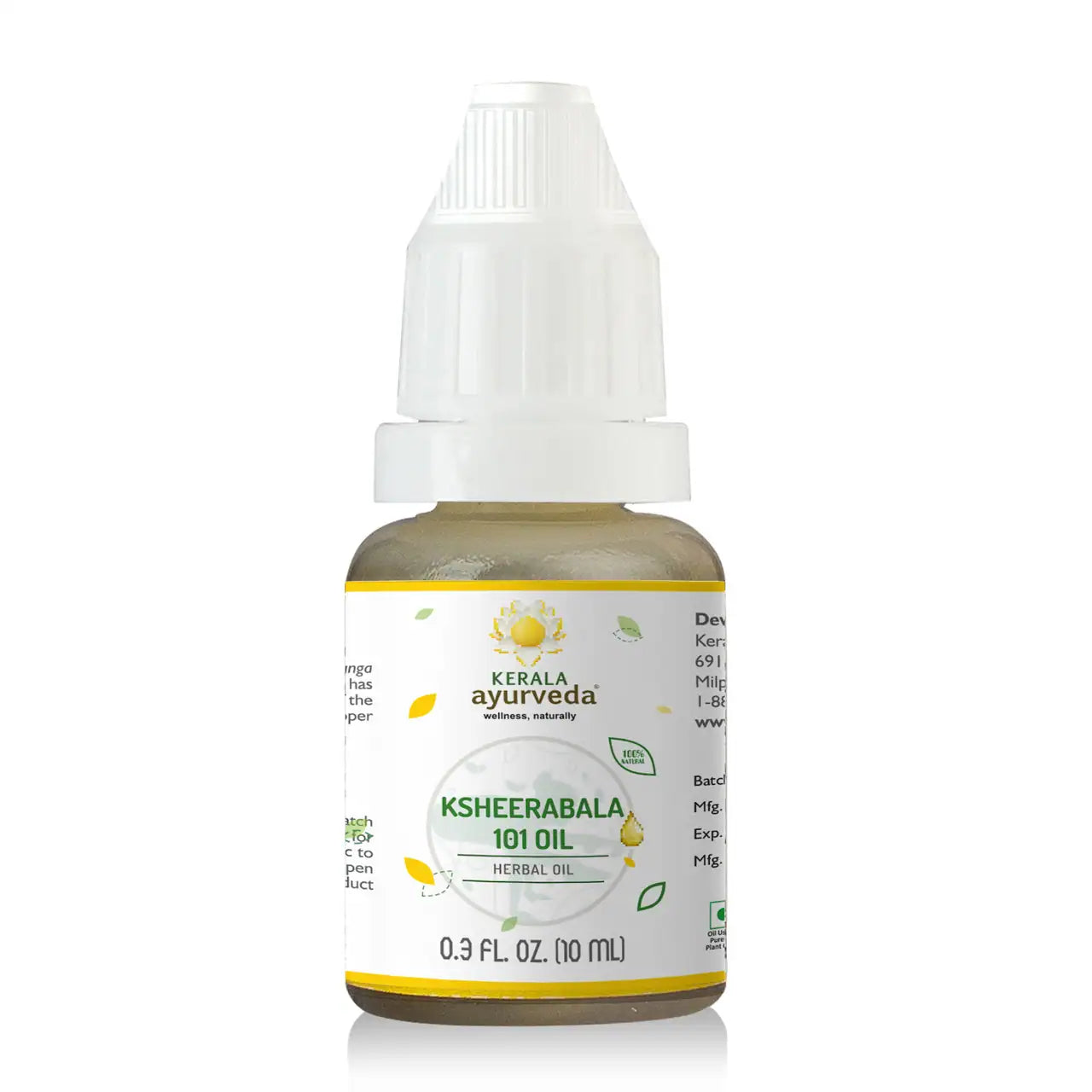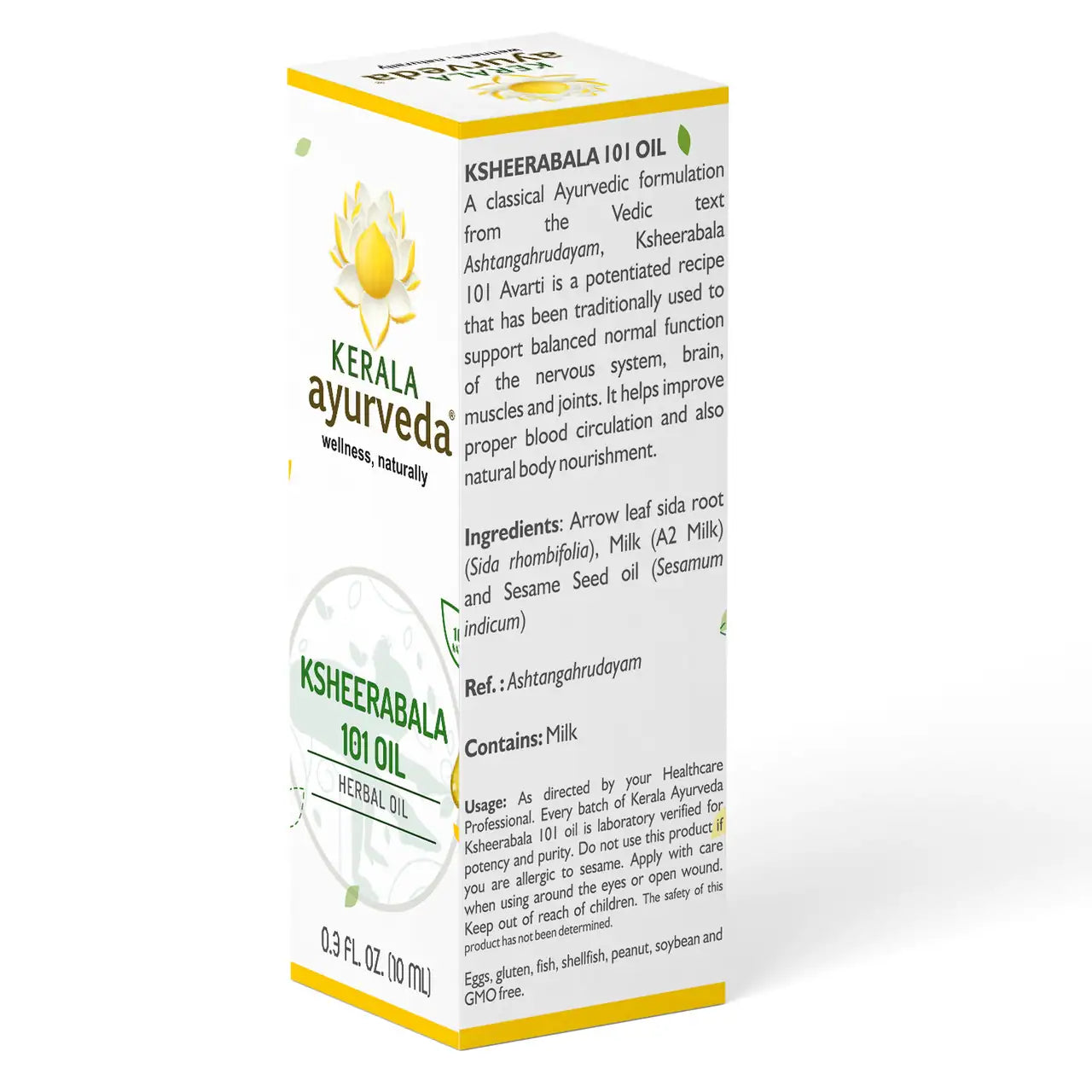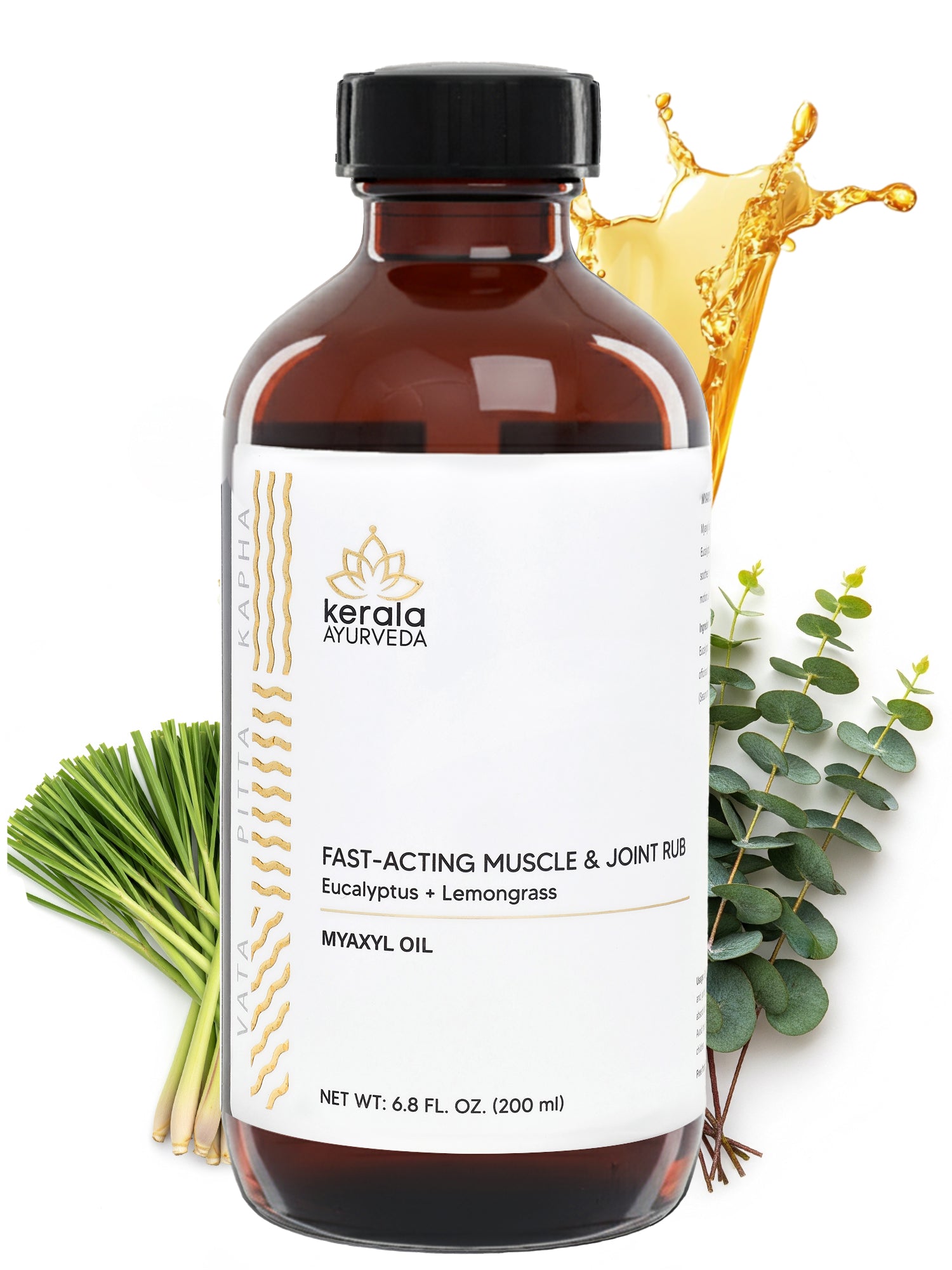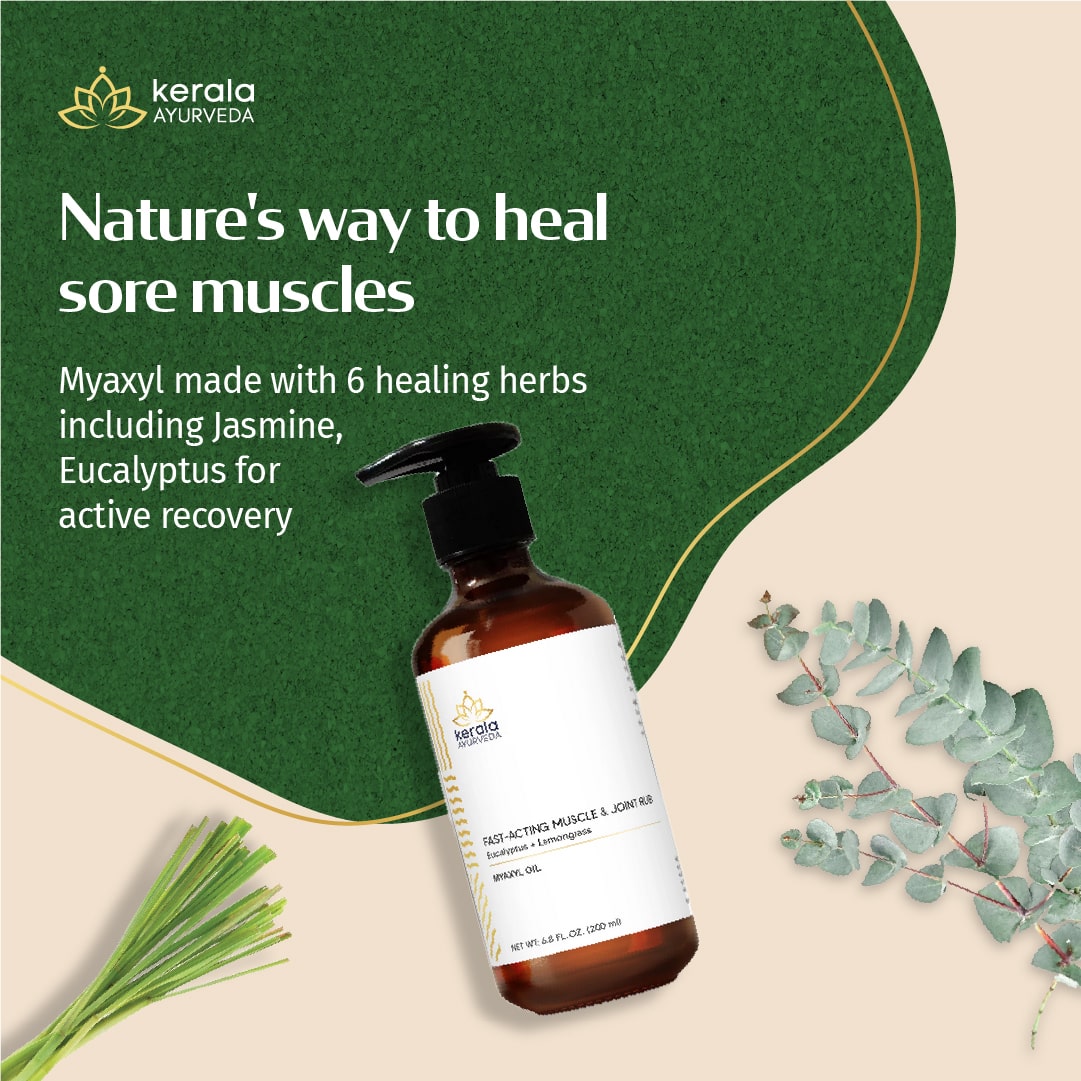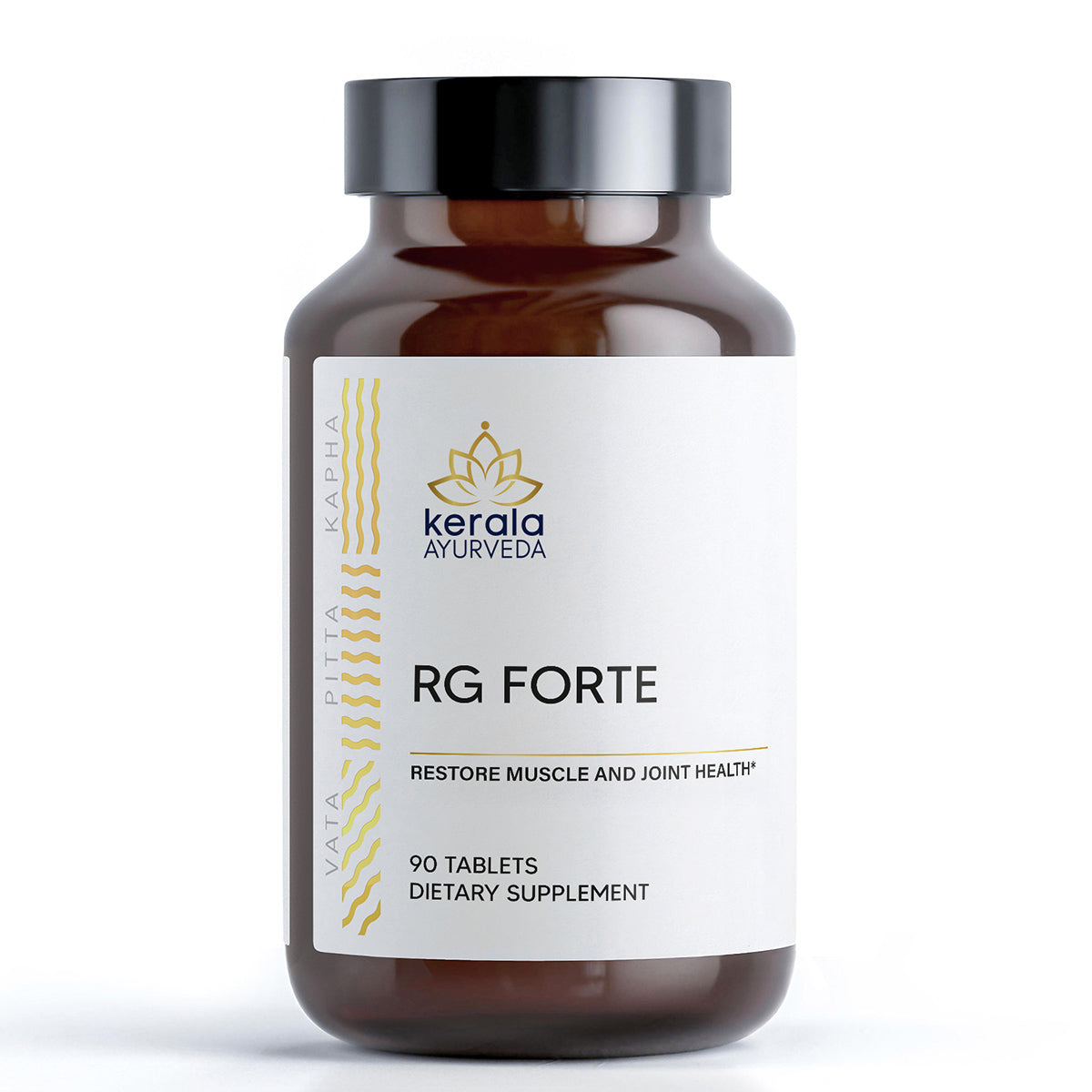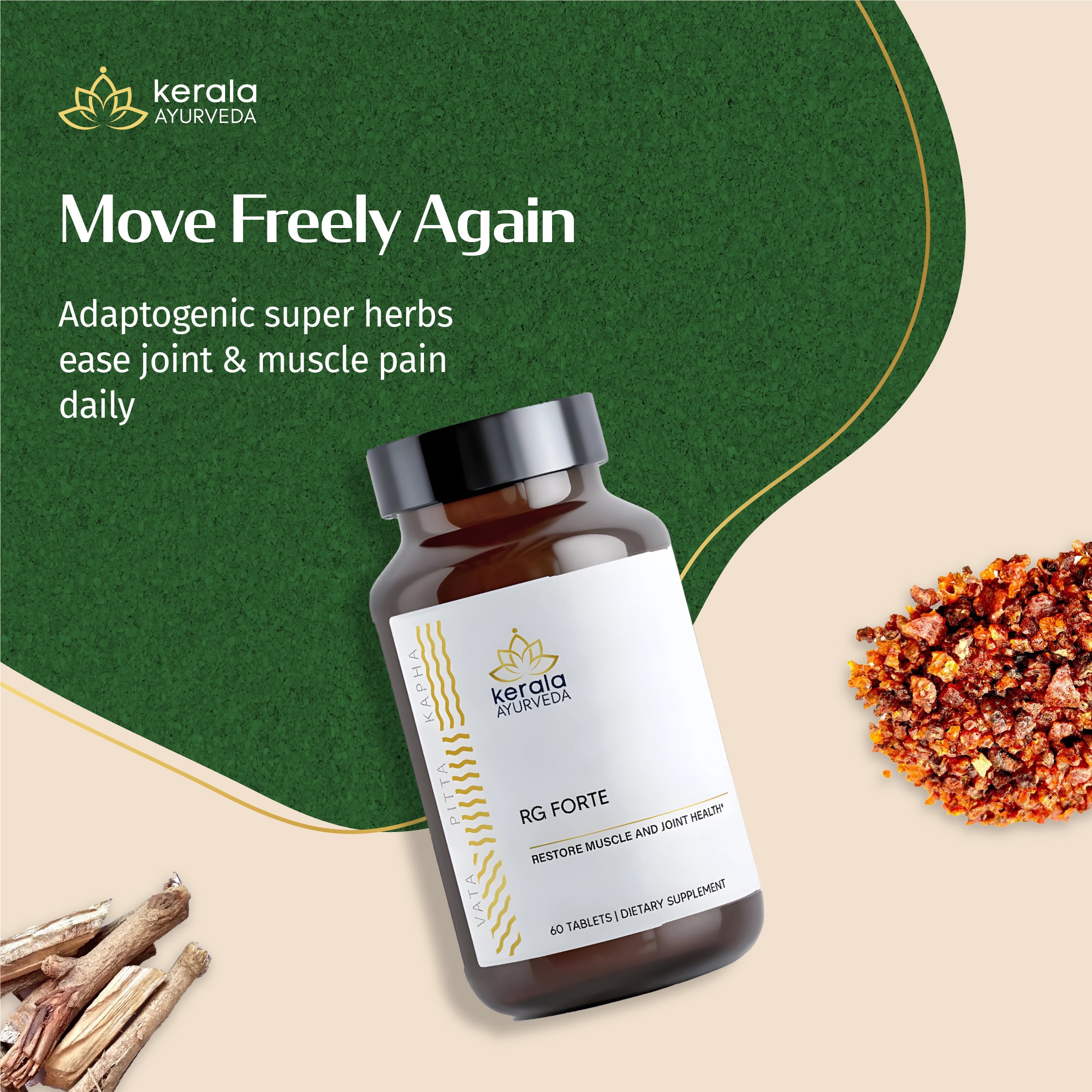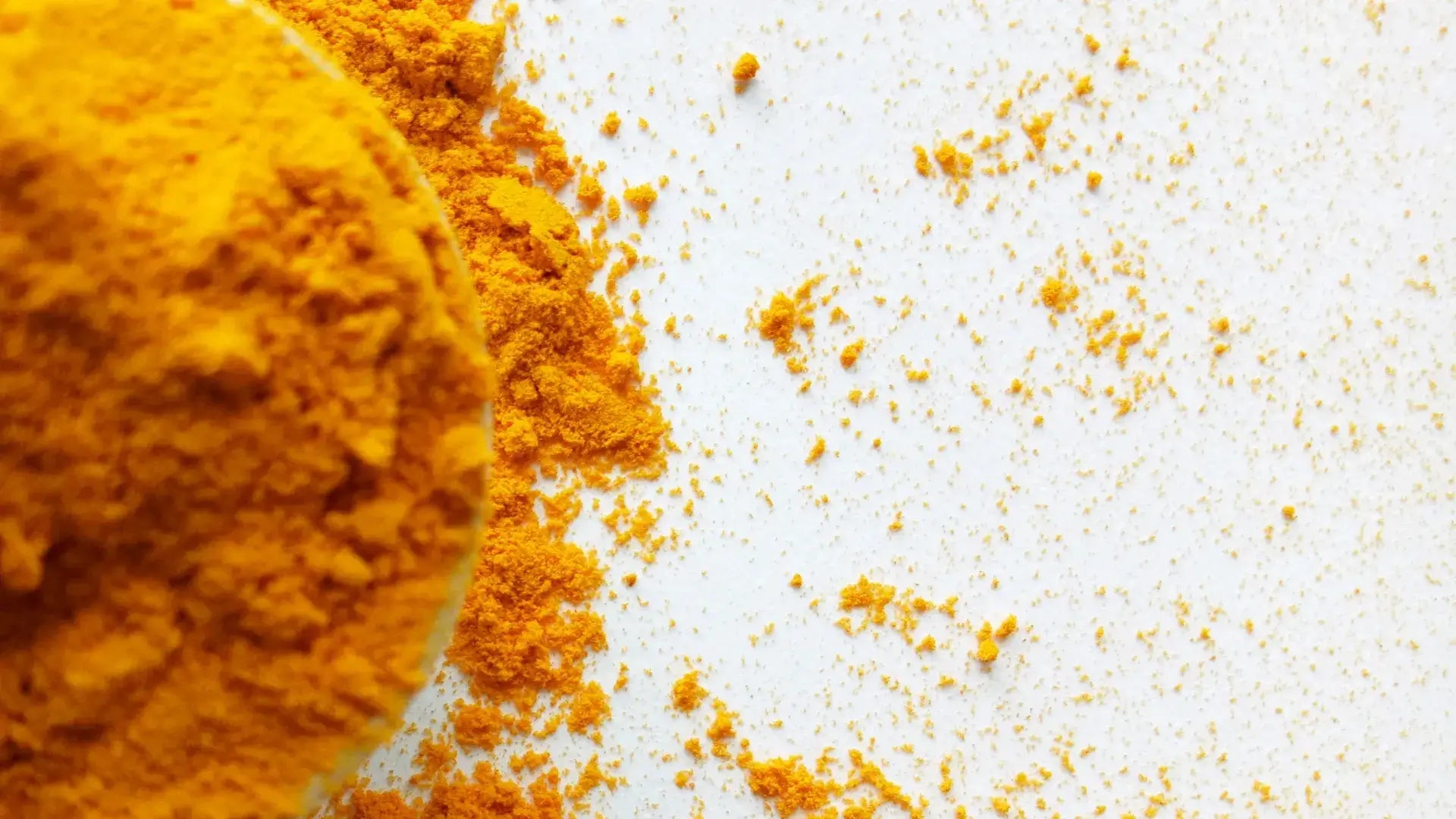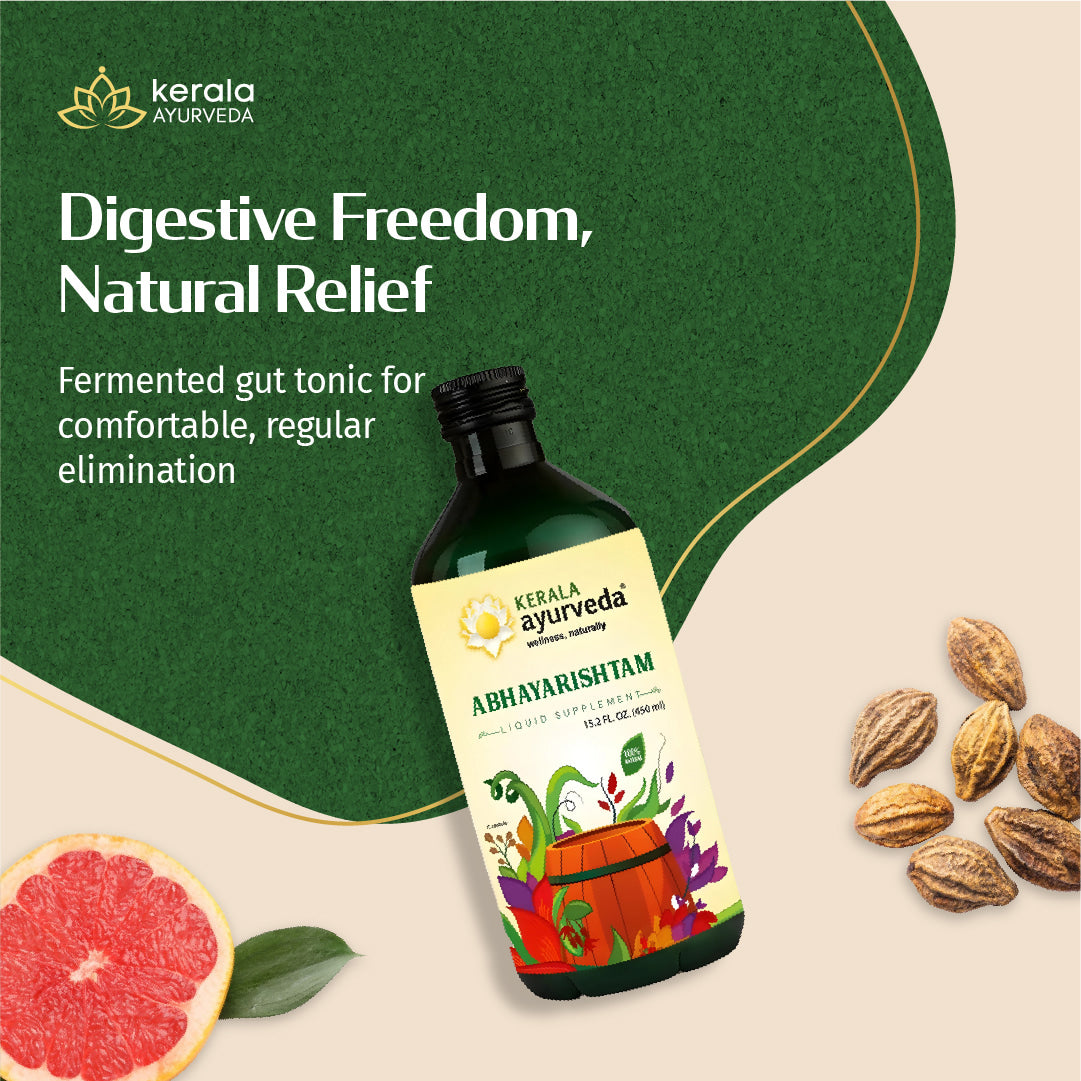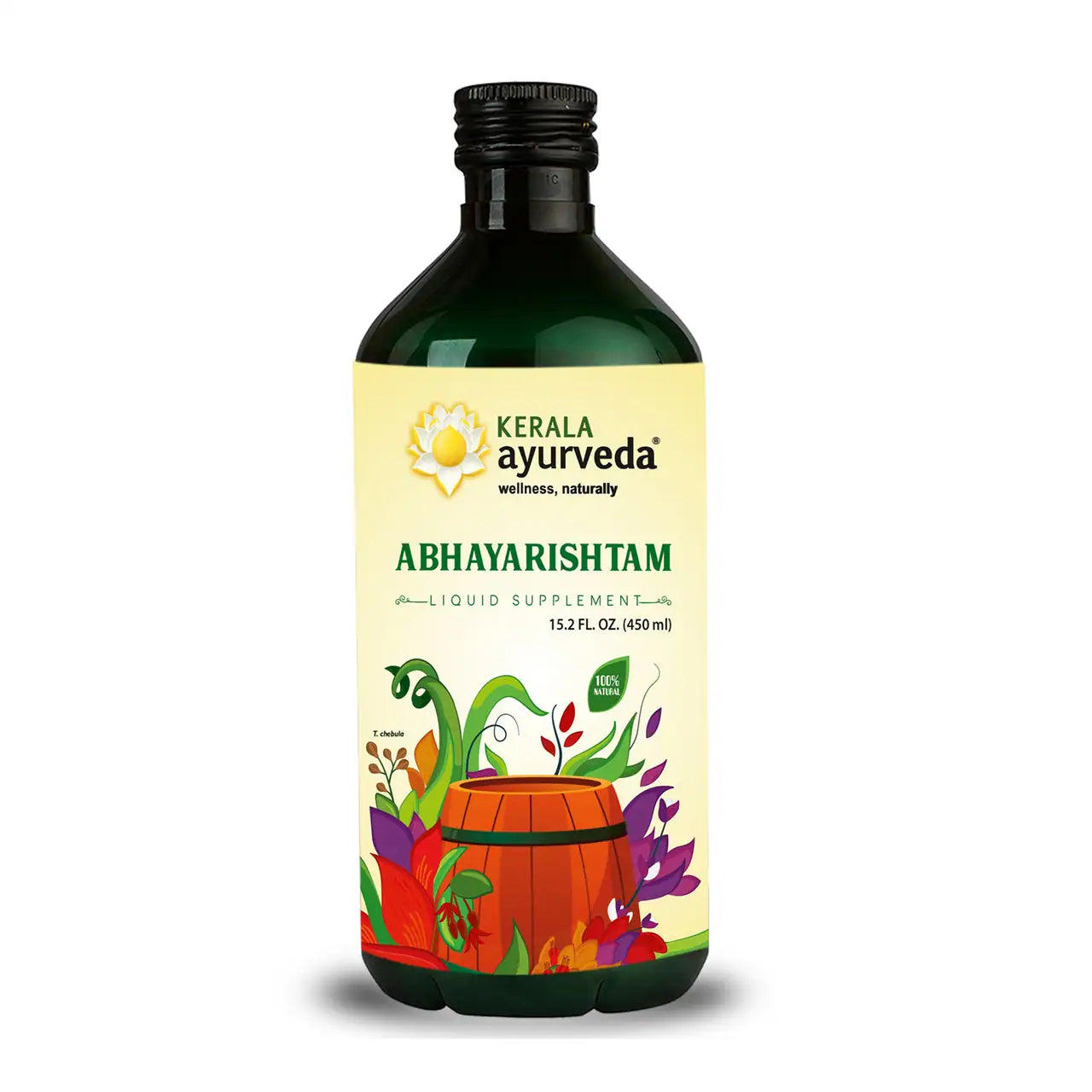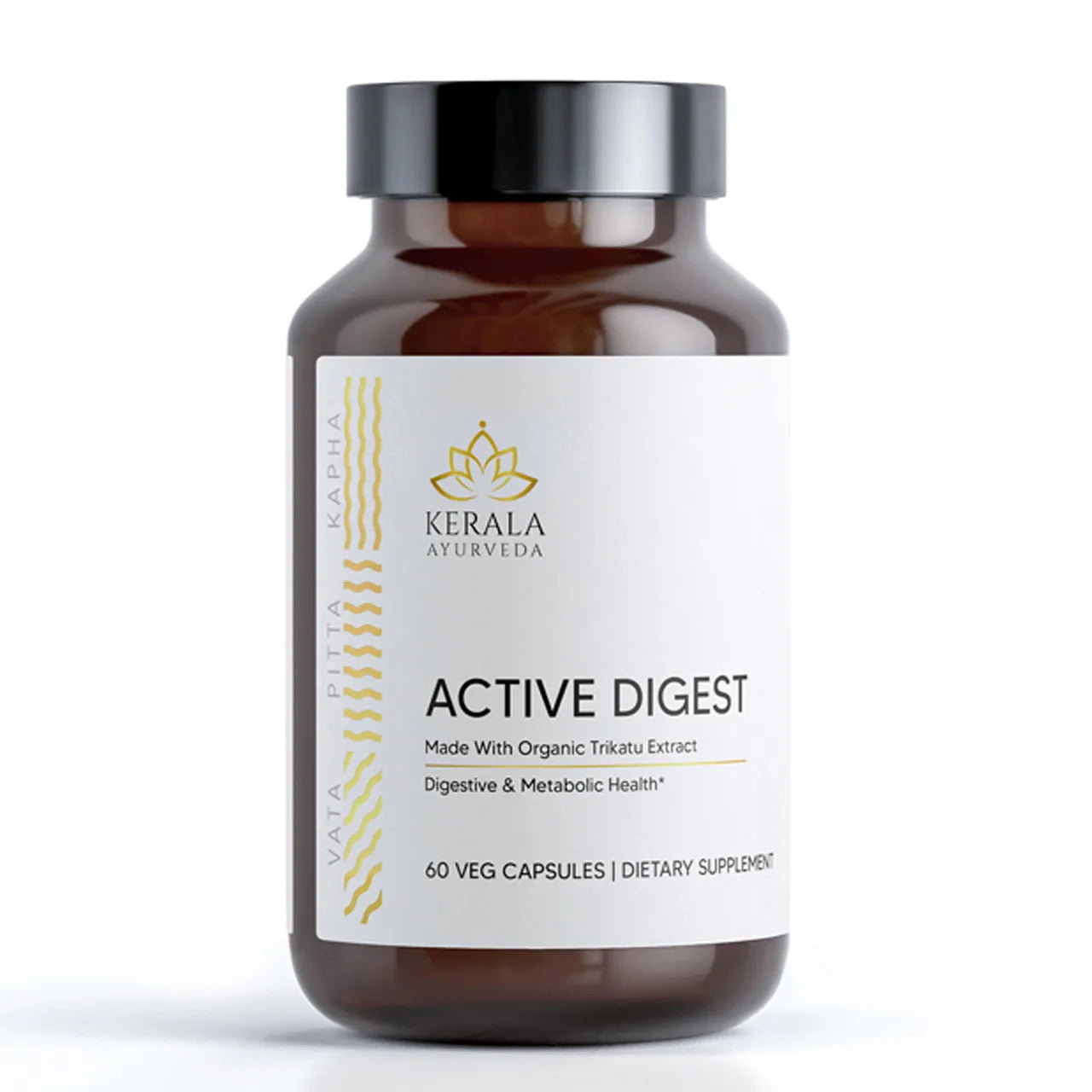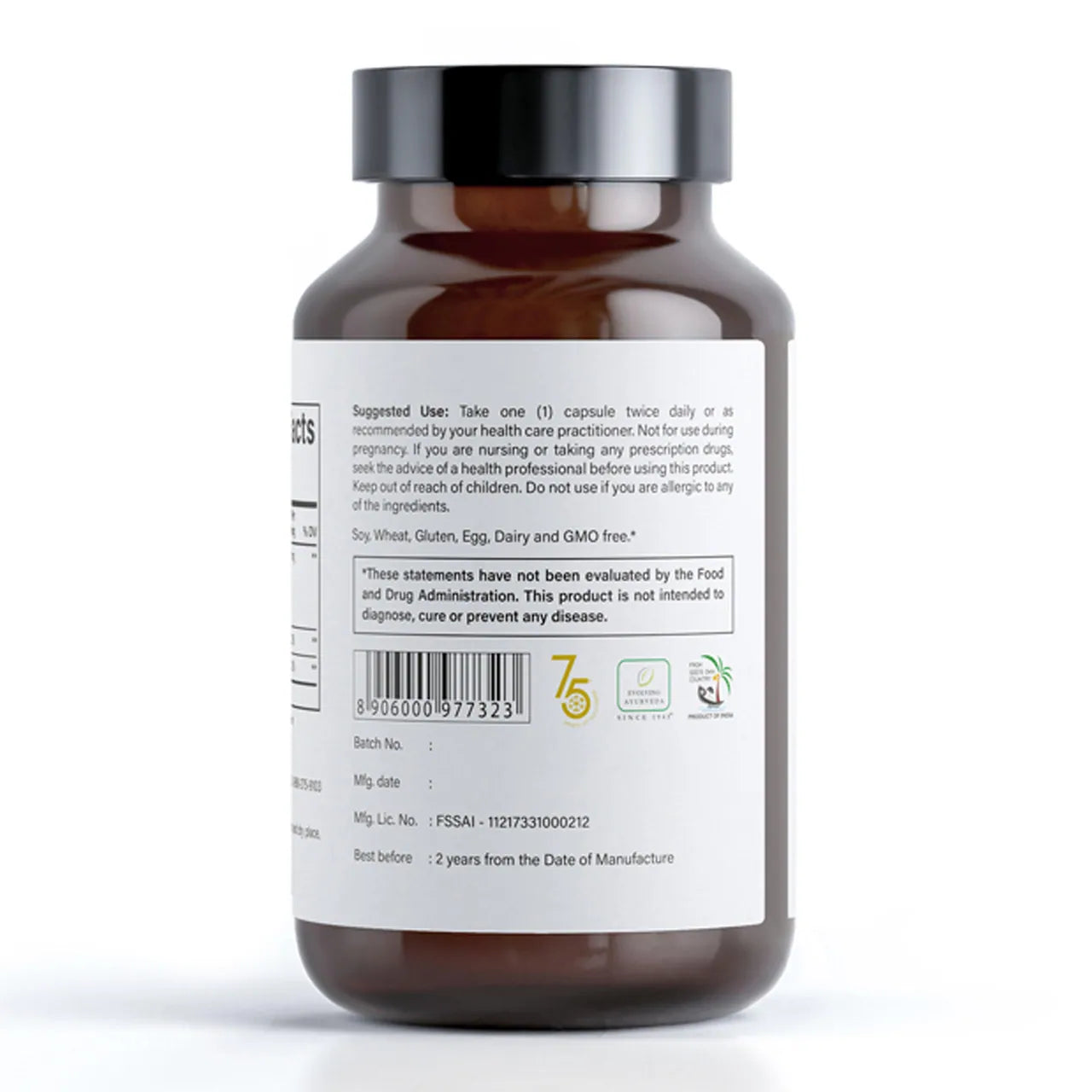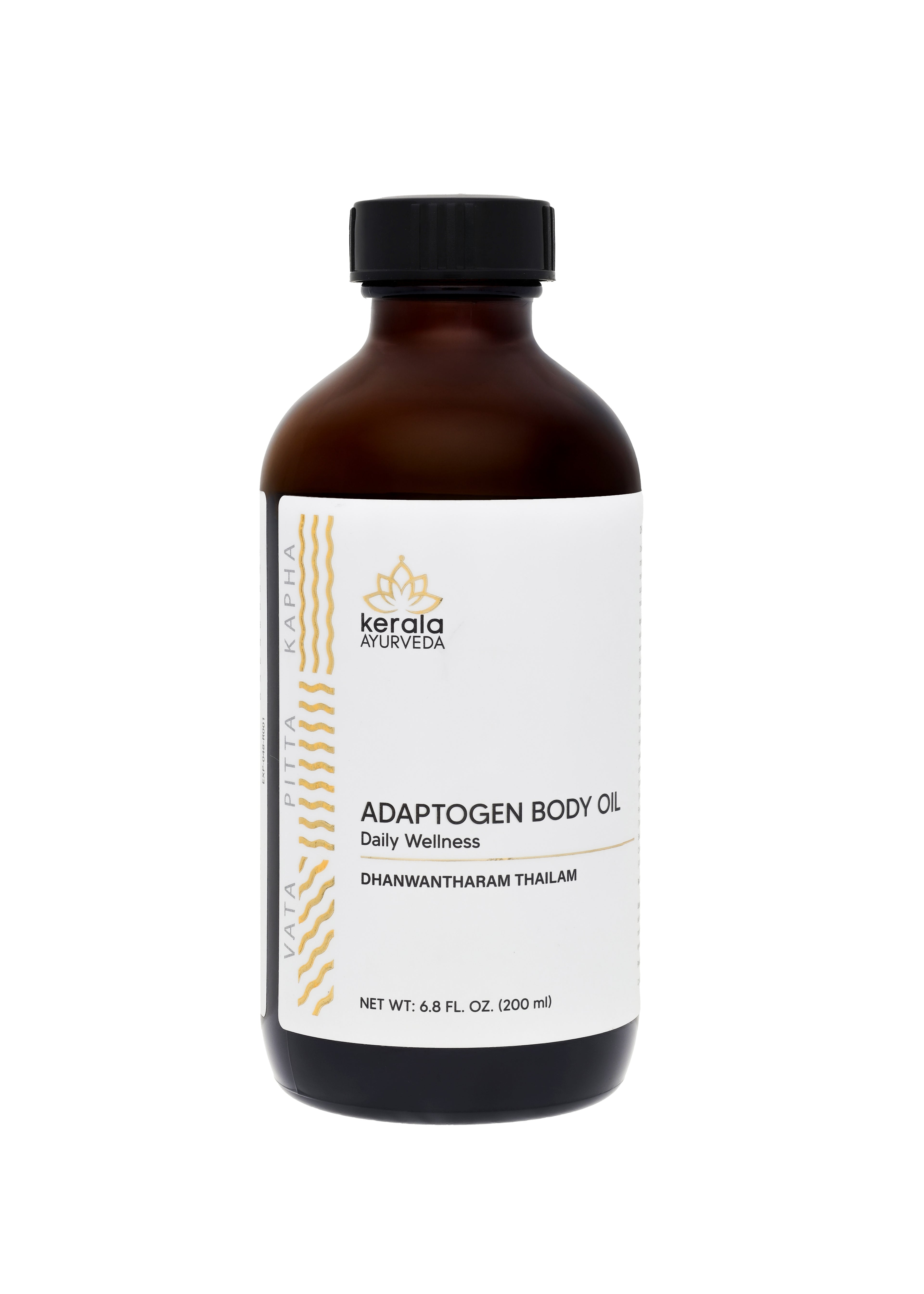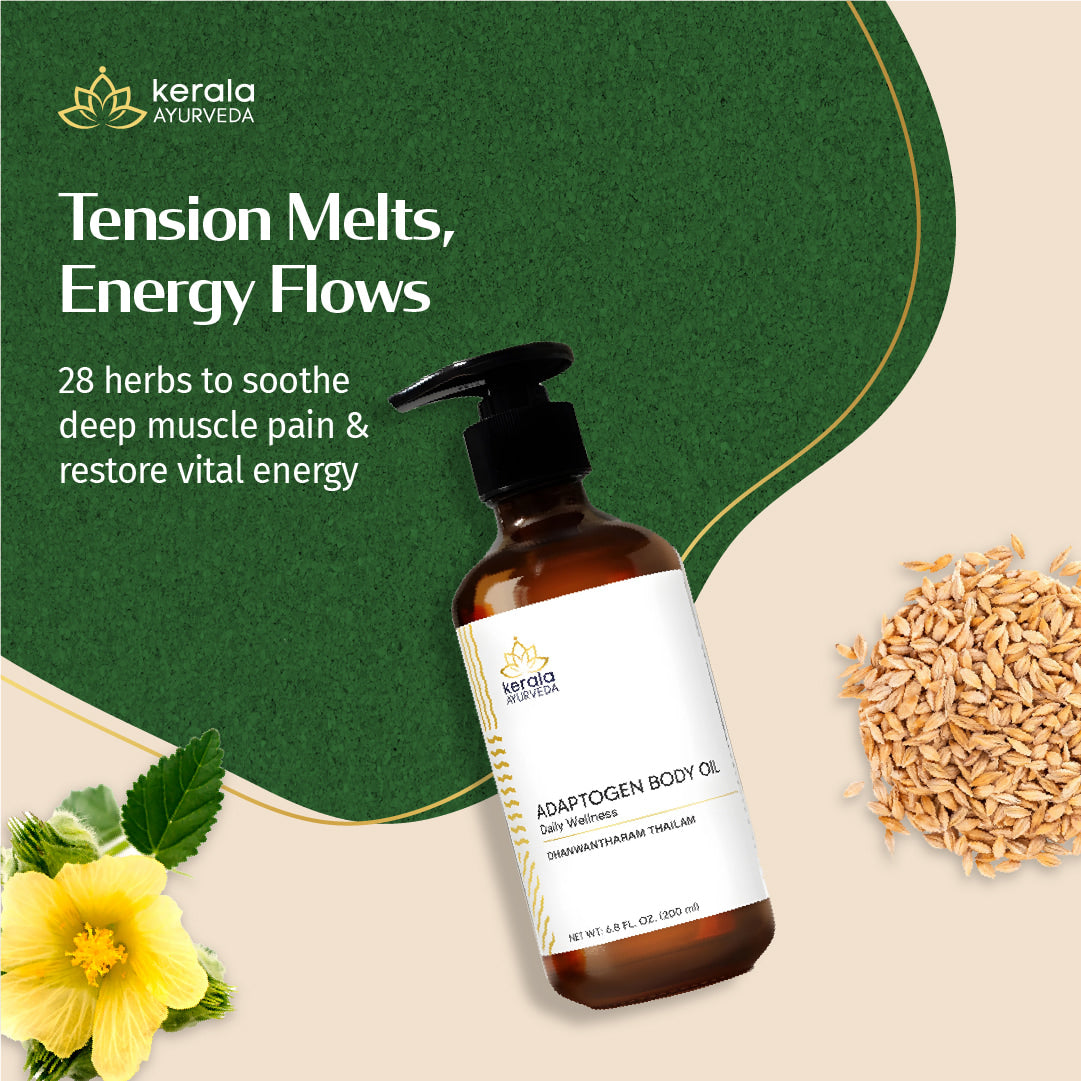Highlights
We’ve all heard the buzz about power of turmeric’s golden reputation, but have you ever heard of turmeric paste? Also known as the ‘Golden Spice of India,’ turmeric has been used throughout the centuries for its powerful healing properties.
You may already be familiar with some of the widely known benefits of turmeric touted for their immune-boosting properties and anti-inflammatory effects.
Wield the Super Powers of Ayurvedic Turmeric Paste
Turmeric paste is an ancient recipe used in multiple Ayurvedic therapies to strengthen what is known as Agni, or the digestive fire, and supports many health conditions—from skincare to digestion.
This golden gift from nature delivers a powerful punch of antioxidants and can be easily integrated into your wellness (and beauty) routines with this simple recipe for Ayurvedic turmeric paste.

Why Turmeric Paste?
- The addition of ingredients like black pepper can power up your paste’s anti-inflammatory properties. Black pepper, or piperin, is known to enhance absorption of curcumin, turmeric’s therapeutic compound. Additional power of turmeric and black pepper include bone and nervous system support.
- Unlock the benefits of turmeric and ginger—another powerhouse combination. Turmeric and ginger are both considered rich sources of valuable minerals and antioxidants widely used to aid digestive conditions and joint inflammation.
- Ghee–a powerful rejuvenator on its own is also a potent carrier substance (‘Anupan’ or ‘Anupana’ in Sanskrit) and can help transport the powerful nutraceuticals of different herbs like turmeric into the deepest tissues of the body.
- There’s no end to the many ways you can use homemade turmeric paste! When refrigerated, the paste is good for about three weeks, allowing plenty of time for experiments with turmeric paste facials and culinary or beverage mix-ins.
- Antioxidant-rich turmeric is a star ingredient long since celebrated in Ayurvedic beauty rituals for its external, nourishing applications that leave skin bright and glowing.
Ayurvedic Turmeric Paste Recipe
Makes 50 two-teaspoon servings
½ cup Turmeric Powder
1 tsp Cardamom powder
1 tsp Cinnamon powder
½ cup Ghee
1½ tsp – Ginger powder
½ tsp Nutmeg powder
¼ tsp Black pepper
A pinch of natural mineral salt to taste
1 – 1½ Filtered Water
- Mix salt, ginger, nutmeg, pepper, cinnamon, and cardamom in a bowl and set aside.
- Blend 1 cup of water and turmeric powder and simmer in a saucepan on low to medium heat while stirring constantly. If the turmeric doesn’t stir in immediately, add ½ cup of water and stir for an additional 3 – 10 minutes until the mixture acquires a paste-like consistency.
- Reduce the heat, add the ginger mixture and stir until combined. Add the ghee and thoroughly blend all ingredients into a paste.
- Finally, pour the paste into a clean storage jar while the mixture is still warm and runny.
- When cool, refrigerate the herbal ghee for a maximum of 3 weeks. You may also freeze it if you want to keep it longer. Add or reduce water to thicken or lighten consistency.
Ways to Use Turmeric Paste
- If you have ever engaged in an activity known as cooking, you know that it’s not as easy as collecting all the ingredients and lumping them together in one bowl. It requires some finesse and following the laid out recipe. To learn how to make a turmeric paste and other conventional turmeric paste recipes, follow these directions:
- Mix the salt, ginger, nutmeg, pepper, cinnamon, and cardamom in a bowl and place it aside.
- Mix 1 cup of water and turmeric powder and simmer in a saucepan on low to medium heat while stirring constantly. If the turmeric isn’t adequately stirred in, add ½ cup of water and keep going for 3 – 10 minutes to ensure the mixture acquires a paste-like consistency.
- Reduce the heat, add the mix you had placed aside and keep stirring slowly until they are all stirred in. After that, add the ghee and whip it until it mixes entirely into a paste.
- Finally, pour the paste into a clean storage jar while the mixture is still warm and runny. After cooling down, refrigerate the herbalized ghee for a maximum of 3 weeks. To make it last longer, keep it frozen in the freezer.
- Depending on your preference, add or reduce the water to thicken or lighten its consistency.
Ways to Use Turmeric Paste
Drink
Keep the cold weather at bay with a cup of golden milk. Mix 1 teaspoon of the paste to half a cup of almond or coconut milk with ginger, nutmeg, and your favorite sweetener. Love the idea of an ‘immuni-tea’ drink? Enjoy our ready-made popular vegan golden milk powder enriched with ashwagandha and pepper and relax with a warm, soothing cup of golden goodness any time of day!
Cook
Give your turmeric paste an extra kick in the kitchen with a dash of pippali, garam masala, coriander powder, or mineral salt for an agni-enhancing blend that will help strengthen digestion.
Add to soups, rice dishes, curries, hummus, or even your favorite mocktail!
You can also use it as a unique and tasty salad dressing—just mix two teaspoons of the paste with ginger, apple cider vinegar, and extra virgin olive oil. Mix in 2 tablespoons of agave nectar or honey if you desire more sweetness.
Glow
Wondering how you can use turmeric paste for beauty and skincare? If you’ve never used a turmeric face mask, now is the time! All it takes is a few simple ingredients:
- Brightening: Turmeric powder + Milk
- Lightening: Turmeric powder + Lemon Juice
- Exfoliation: Turmeric Powder + Chickpea Flour + Water
Take care not to leave mixtures on for more than 15 minutes as turmeric can stain skin and clothing! Wash off with warm water and wipe your face with a clean, dry cloth.
We hope you enjoyed this mini guide to the diverse power of turmeric and have discovered some simple Ayurvedic tips to enhance your life in the present moment. Please feel free to browse through our blog section to learn more about the ways Ayurveda can help you thrive!
Sources:
Rathaur, Preeti, Waseem Raja, P. W. Ramteke, and Suchit A. John. “Turmeric: The golden spice of life.” International Journal of pharmaceutical sciences and research 3, no. 7 (2012): 1987.
Mushtaq, Zunaira, et al. “Exploring the biochemical and antioxidant potential of ginger (Adric) and turmeric (Haldi).” International Journal of Food Properties 22.1 (2019): 1642-1651.
Ramadan, Gamal, and Omar El‐Menshawy. “Protective effects of ginger‐turmeric rhizomes mixture on joint inflammation, atherogenesis, kidney dysfunction and other complications in a rat model of human rheumatoid arthritis.” International journal of rheumatic diseases 16.2 (2013): 219-229.
Platel, Kalpana, and K. Srinivasan. “Digestive stimulant action of spices: a myth or reality?.” Indian Journal of Medical Research 119.5 (2004): 167.





